Going Hands-On with the New Patek Philippe Cubitus Collection
An entirely new elegant sports collection by Patek, the Cubitus is the square sibling to the Nautilus.
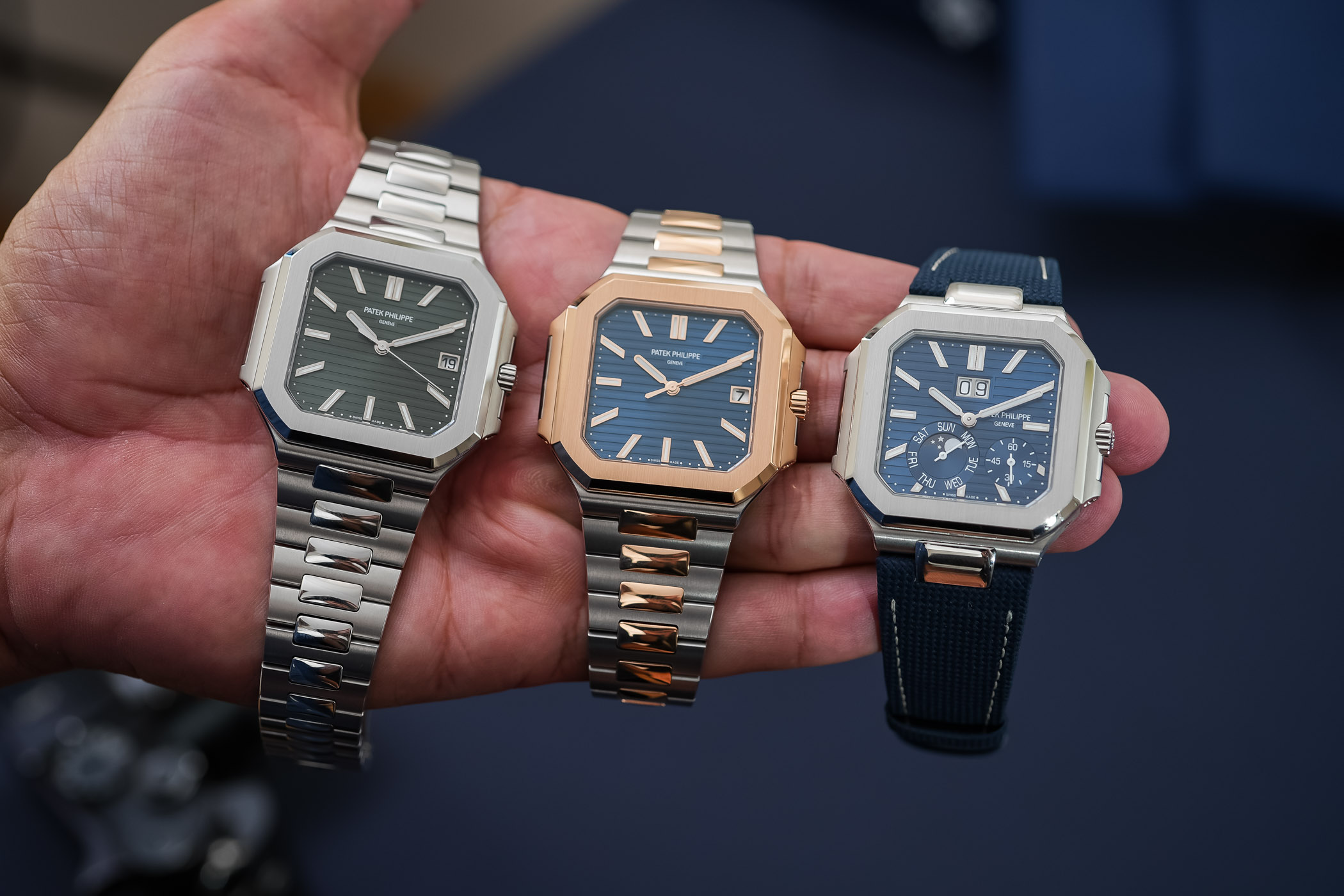
It isn’t every day that Patek Philippe introduces an entirely new collection, especially a new range of elegant sports watches. But here it is, and it is called the Patek Philippe Cubitus. Three years after discontinuing the celebrated stainless steel blue Nautilus 5711 – or two years, if we include the farewell Olive Green and Tiffany editions – collectors around the globe eagerly awaited a replacement for the steel 5711A. What they probably didn’t expect was that the Genevan family-owned brand would introduce an entire collection: the Cubitus range comprising the steel 5821A, the steel-and-gold 5821AR and the more complex Instantaneous Grand Date platinum 5822P. While the rumours on Instagram were already buzzing, including many opinions, we felt it’s best to go hands-on with the much anticipated Patek Philippe Cubitus Collection.
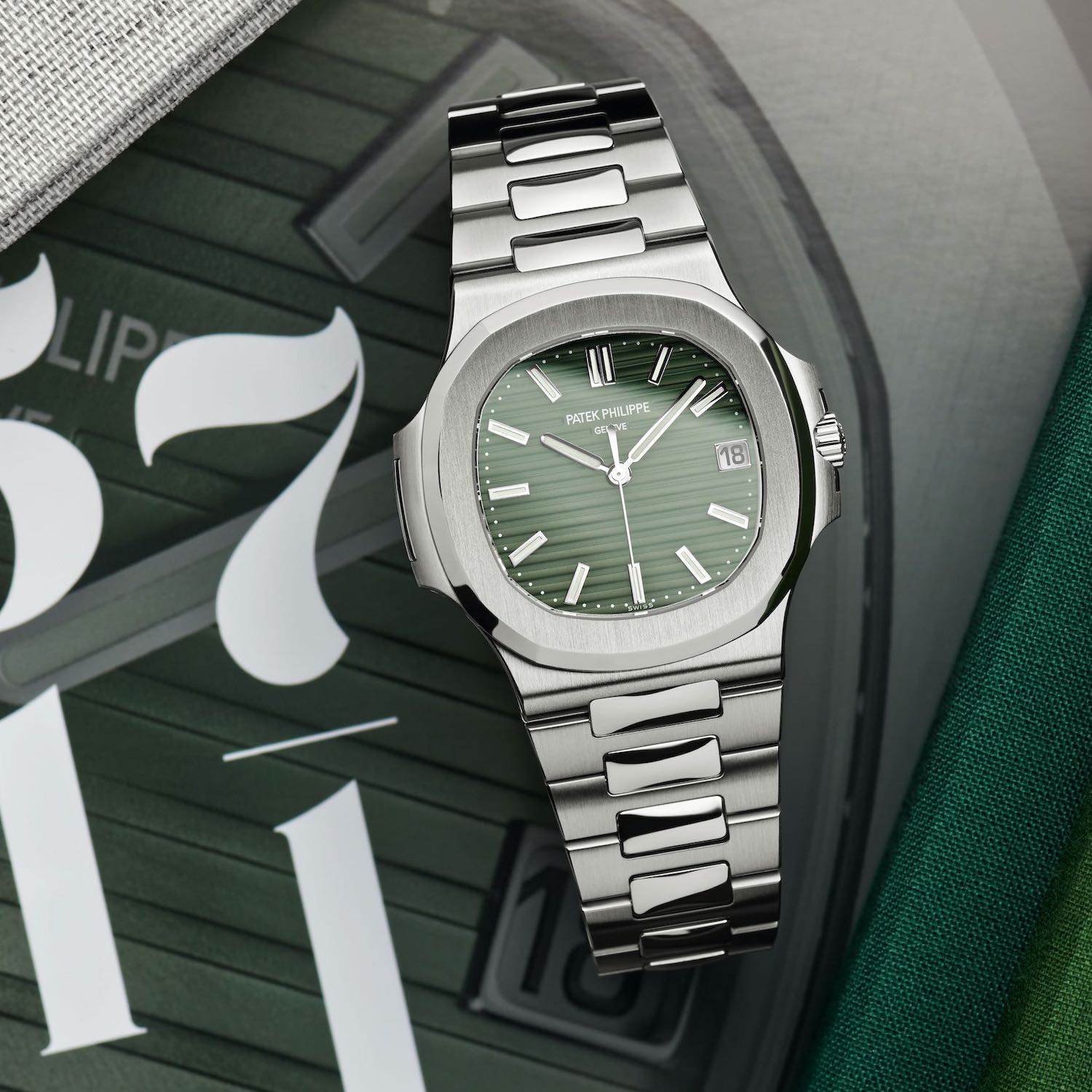
Before we dive into the details of this new Patek Philippe Cubitus collection, let me bring you a bit of context. Cubitus is an important launch for Patek and the watch-collecting community. No doubt about it. If the Geneva-based brand is rather prolific when it comes to launching new creations, we can’t say the same regarding new collections. Looking at the past decades, we’ve seen countless new and unprecedented models launched – such as the surprising Pilot’s watches – but most of them were part of an existing collection. When it comes to entirely new collections (putting aside the feminine Twenty~4 in 1999 and Twenty~4 Automatic in 2018), the last time we saw a new design and a new collection name was in 1997, with the launch of the Aquanaut. And before that, it was the Gondolo in 1993 and, of course, the Nautilus in 1976.
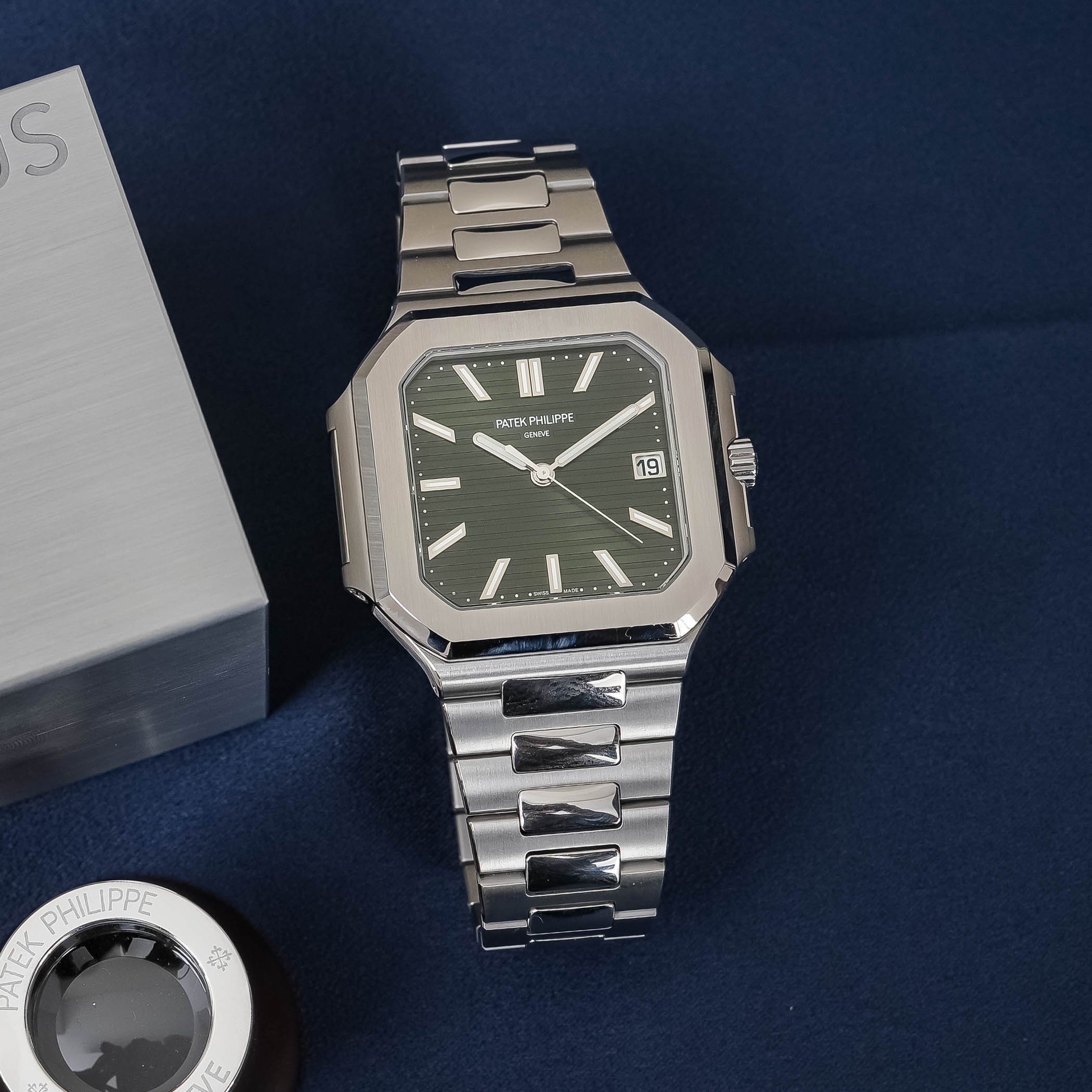
Having said that, you can feel the importance of today’s launch of a new collection by Patek Philippe, specifically an elegant sports watch with an integrated bracelet. Knowing the immense aura and recognition of the steel Nautilus and the eagerness of collectors to see a replacement in stainless steel since its discontinuation in 2022, the launch of the Patek Philippe Cubitus (the Cubic Nautilus…?) was much anticipated. And here it is, in the metal, in three variations, including a full-steel time-and-date model, the Cubitus 5821A.
Cubitus, the square evolution of the nautilus?
The Patek Philippe Cubitus is a new interpretation of a very well-known concept of the brand, the sporty-chic watch or integrated luxury sports watch, a category that the brand mastered with the creation of the Nautilus in 1976 with the reference 3700. Its modern evolution, the steel 5711, is quite possibly the most revered watch in this segment and, as such, has created a solid background for the brand in this field – which comes with a few collaterals, such as an “untouchable icon” status.
With Cubitus, Patek Philippe returns to the same segment as the Nautilus, yet with a new, more angular, sharper interpretation. There’s certainly far more geometry in Cubitus than in Nautilus, a watch that is known as fairly subtle in the luxury sports category – something that’s always been its main point of differentiation with the very angular Royal Oak, its long-time rival. With the Cubitus, Patek brings what it calls a quadrangular-shaped case, where the square bezel (yes, Cubitus is first and foremost a square watch) adopts rounded corners, somehow blending the square and the octagon.
But having said that, there is an undeniable connection between Cubitus and Nautilus. Putting both watches side by side would reveal obvious similarities and familiar traits, such as the two attachments, one on either side of the case (the famous hinges of the Nautilus), the two-part construction that was first seen in 1976 with the 3700, the overall shape of the lugs, at 12 and 6 o’clock, the profile, the embossed dial pattern, and even the bracelet. In fact, the Patek Philippe Cubitus feels like a Nautilus where all curves have been replaced by straight lines. It’s undoubtedly more striking and more dynamic, but it’s undeniably recognizable, too. And it is, as I could attest when seeing the watches in the metal, much better in real life than what some might have said on social media…
Proportions and case design
As said, the Cubitus Collection is presented with three variants: two time-and-date models on integrated metal bracelets and a higher-end, more complex version in platinum with a strap. Now that we have talked about that, all three models share the same overall design and proportions (except the thickness of the 5822P). As most of you know, square watches tend to wear larger than their dimensions suggest – it’s all about the area covered by the watch. So what about the Cubitus? Well, yes, it wears larger than a Nautilus and has more wrist presence. No debate. The square case covers more surface area on the wrist than the more rounded case of a Nautilus or an Aquanaut of equivalent diameter.
But it’s far from negative, and the Patek Cubitus is not an oversized watch. Not at all. Despite the given dimensions (the 10-4 o’clock measurement advertised by Patek is 45mm), it actually wears much smaller than you’d expect! It’s pleasantly balanced and has great “wrist presence.” This is also due to its rather pleasant thinness.
The watch has a 44.5mm width (3-9 o’clock), including the crown and a very short 44.9mm lug-to-lug (without the first link of the bracelet). The thickness of the case is 8.3mm for the time-and-date model, and the complicated 5822P measures 9.6mm. The case, whether in steel, in a combination of steel and rose gold or in 950 platinum, retains classic Patek finishes, with vertical satin-finished surfaces combined with polished bevels on the sides of the bezel and the central case.
The two-part case of the Patek Cubitus is otherwise familiar, and it includes a screw-down crown as well as sapphire crystals on both sides. Despite this construction and these features, it is like all Patek watches advertised as water-resistant to 30 metres – which has been a point of debate amongst the watch-collecting community since early 2024. In all fairness, it is certainly capable of more than that.
The time-and-date Cubitus 5821A and 5821AR
Probably the most important of all three models, the Cubitus 5821A is a classic steel version worn on a steel bracelet with a time-and-date display and a dark dial – the essence of an elegant sports watch. This simpler dial and display also allow for the case and its original, rather cubic shape to express itself even more. The same watch is also available in a two-tone, steel-and-gold edition, also equipped with an integrated metal bracelet, the Cubitus 5821AR.
So here we have two classics of the genre, with a slim profile of 8.3mm and an uncluttered dial. For both, the central case is made of steel, with the 5821AR adding 18k rose gold on multiple elements – the bezel and lateral module (a monoblock construction), the crown and the central polished links of the bracelet. This edition also adds gold touches to its blue dial, with the markers, date frame, and hands made of solid 18k rose gold.
The full-steel Cubitus 5821A is more classic, with its olive green dial, which inevitably evokes the farewell edition of the steel Nautilus, the reference 5711/1A-014. It is here paired with white gold hands and markers. On this topic, just like for the case, the connection between the Cubitus and the Nautilus is undeniable, as both share the same horizontal relief embossing on the dial, adorned with a sunburst finish. The hands of the Patek Cubitus are also identical in shape to the Nautilus, and the applied markers, while cut and positioned differently due to the shape of the case, which is replicated on the dial, are also done in the same vein as a Nautilus. Luminescent coating is found on all elements, and the date disc is white, whatever the colour of the dial – something that has never been an issue with the 5711 and is still not for the Cubitus 5821A.
Let’s talk about the bracelet, as it plays an important role in the design of such a watch, but also in its comfort. Here again, the integrated bracelet shares familiar traits and is soft, flexible and nicely finished – vertical satin-brushed on the main links and polished on the central links, with a polished bevel on the sides. But importantly, the metal bracelet of the Patek Philippe Cubitus comes with a comfort extension that Patek describes as “a lockable size-adjustment system and a patented Patek Philippe fold-over clasp with four independent catches ensuring both comfort and security”. This means the bracelet can be slightly enlarged in warmer weather. However, there is no quick-change system to switch to a strap.
Both time-and-date Cubitus 5821 references are powered by the in-house calibre 26-330 S C; S C stands for Seconde Central. This automatic movement with a central rotor is widely used by Patek – it’s found, for instance, in the 5811G, in the Aquanaut and serves as a base for complication watches. Launched in 2019 as a replacement for the calibre 324, it is a fine, technically classic movement with stop-seconds, Gyromax balance, Spiromax hairspring and a 4Hz frequency. The power reserve, with a maximum of 45 hours, is still on the short side. It is nicely finished and comes with a Cubitus-exclusive rotor decoration with the same horizontal motif as the dial.
The steel Patek Philippe Cubitus 5821/1A will be priced at CHF 35,000 or EUR 40,575, and the steel-and-gold Cubitus 5821/1AR at CHF 52,000 or EUR 60,257.
The Cubitus Instantaneous Grand Date 5822P
Besides the two classic time-and-date models, Patek Philippe also introduces a more complex, more luxurious platinum edition of the Cubitus, the Instantaneous Grand Date, Day and Moon Phases Reference 5822P, worn on a strap. And while it somehow feels reminiscent of the Nautilus 5712, with its off-centred display, it features a new set of complications, including a big date at 12 o’clock.
Besides being made of 950 platinum (with the obligatory diamond at 6 o’clock, but this time a baguette-shaped one inserted in the bezel, a first for Patek), the Cubitus 5822P has a slightly different case from the rest of the collection. If the design and overall proportions are identical to the 5821A, this Instantaneous Grand Date is slightly thicker at 9.6mm in height due to the more complex movement. It’s also the only model from the collection not to come on a metallic bracelet, but instead, it is worn on a modern and casual navy-blue strap with cream contrasting stitching, made from composite material embossed with a fabric motif. It is secured by a Cubitus-signed fold-over clasp.
The dial of the 5822P bears the familiar horizontal embossed pattern, this time in a deep navy blue tone (reminiscent of the 5811G) and, as said, a layout that’s close to that of the 5712 – with the same position for the small seconds and the moon phase (same “pointage” as the calibre 240 found in this version of the Nautilus). There are, however, multiple differences with the 5712, as the power reserve indicator has been removed, the date surrounding the moon has been replaced by a week-day indication, and, mostly, there’s now a two-disc big date at 12 o’clock. Patek has developed a new version of the emblematic micro-rotor calibre 240, a movement that can trace its origins back to 1977.
While the base movement is well-known, the dial side of this new calibre is new and it comprises 353 parts in total (104 more parts than the movement of the 5712), yet only measures 0.77mm more in thickness. Patek has filed six patent applications for this specific calibre. So what is it all about? Well, the obvious novelty is the Grand Date (as the brand calls it), a big date display with two coplanar discs to avoid superposition. This system is taken from the in-line perpetual calendar Reference 5236. Patek has also developed an instantaneous jump mechanism, not only for the grand date but for the day and moon phase indications, with all of them jumping instantaneously and simultaneously in 18 milliseconds at midnight, using the energy accumulated throughout the day.
Despite these additional and energy-consuming complications, the calibre 240 PS CI J LU retains the same 38-48h power reserve rating as all 240 movements. Indications can be adjusted by using correctors set into the flanks of the case, even though it would be better if done by the crown. However, the Cubitus 5822P has the possibility of correcting all the indications (including the time and the day) at any hour of the day without the risk of damaging the movement. Flipping the watch reveals the classic look of the 240 base calibre, with its refined finishes and a micro-rotor in solid gold with the same horizontal decoration as the dial. The movement is regulated within a range of -1/+2 seconds/day, according to the new criteria of the manufacture since spring 2024.
The Patek Philippe Cubitus Instantaneous Grand Date 5822P will be priced at CHF 75,000 or EUR 86,908. For more details, please visit patek.com.

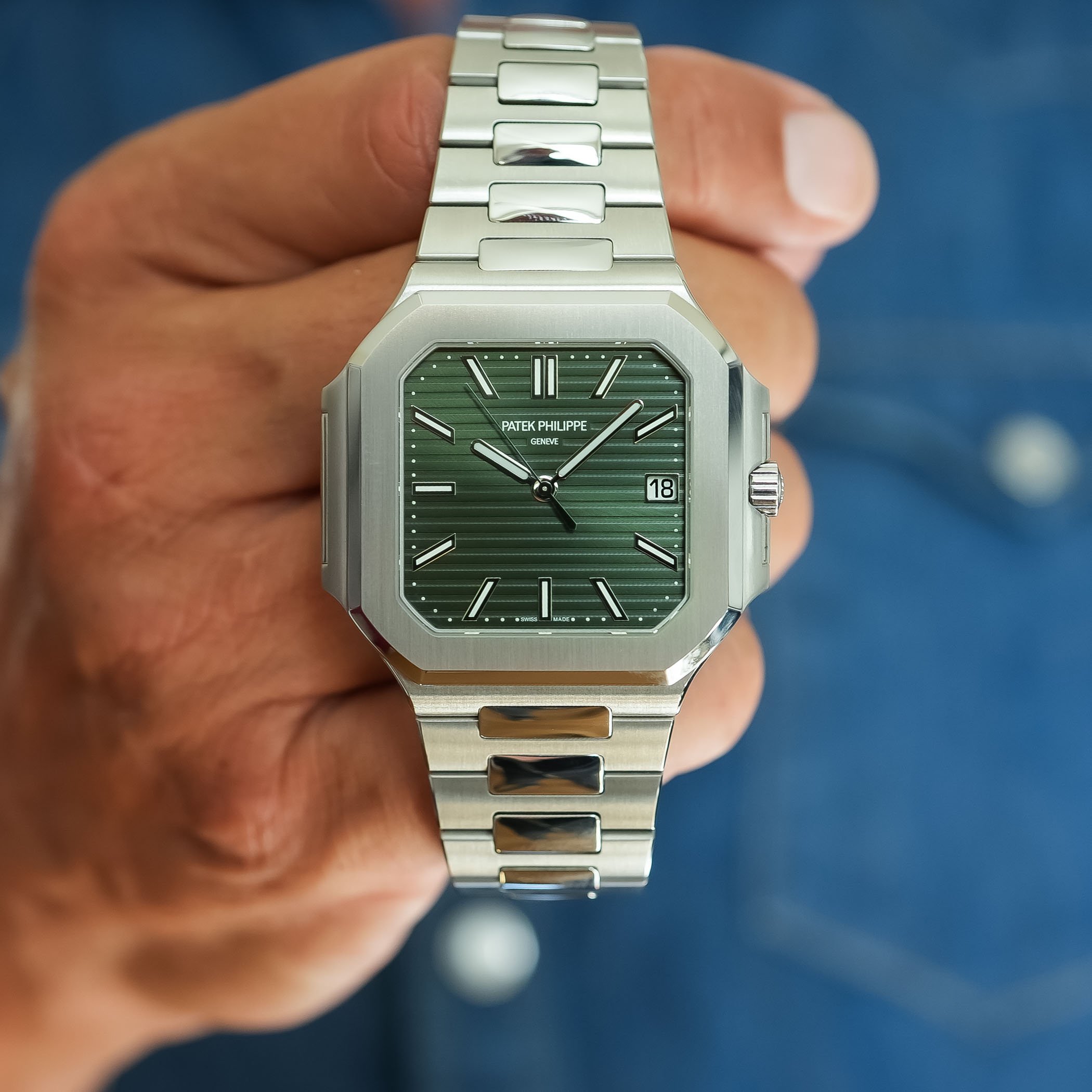
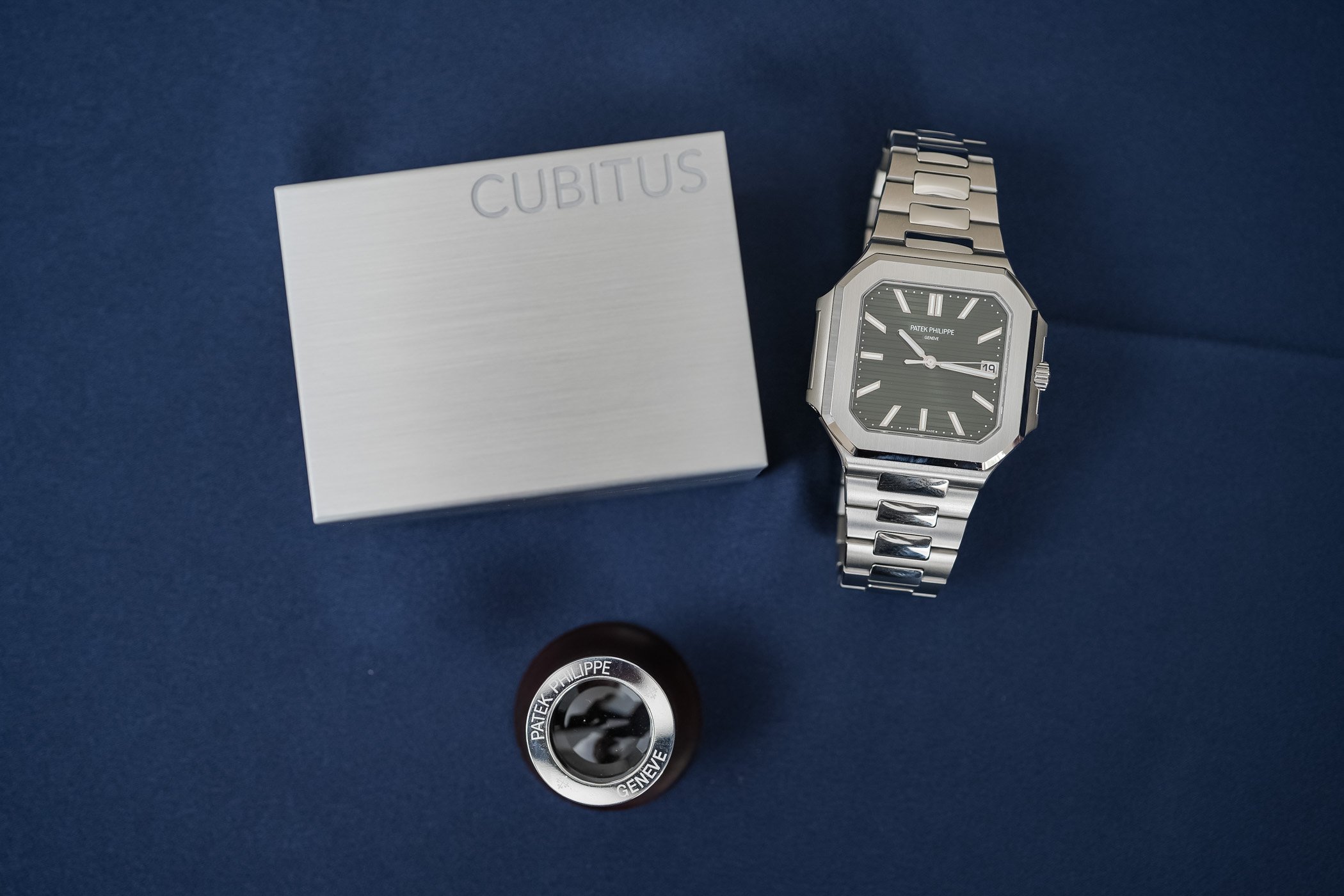
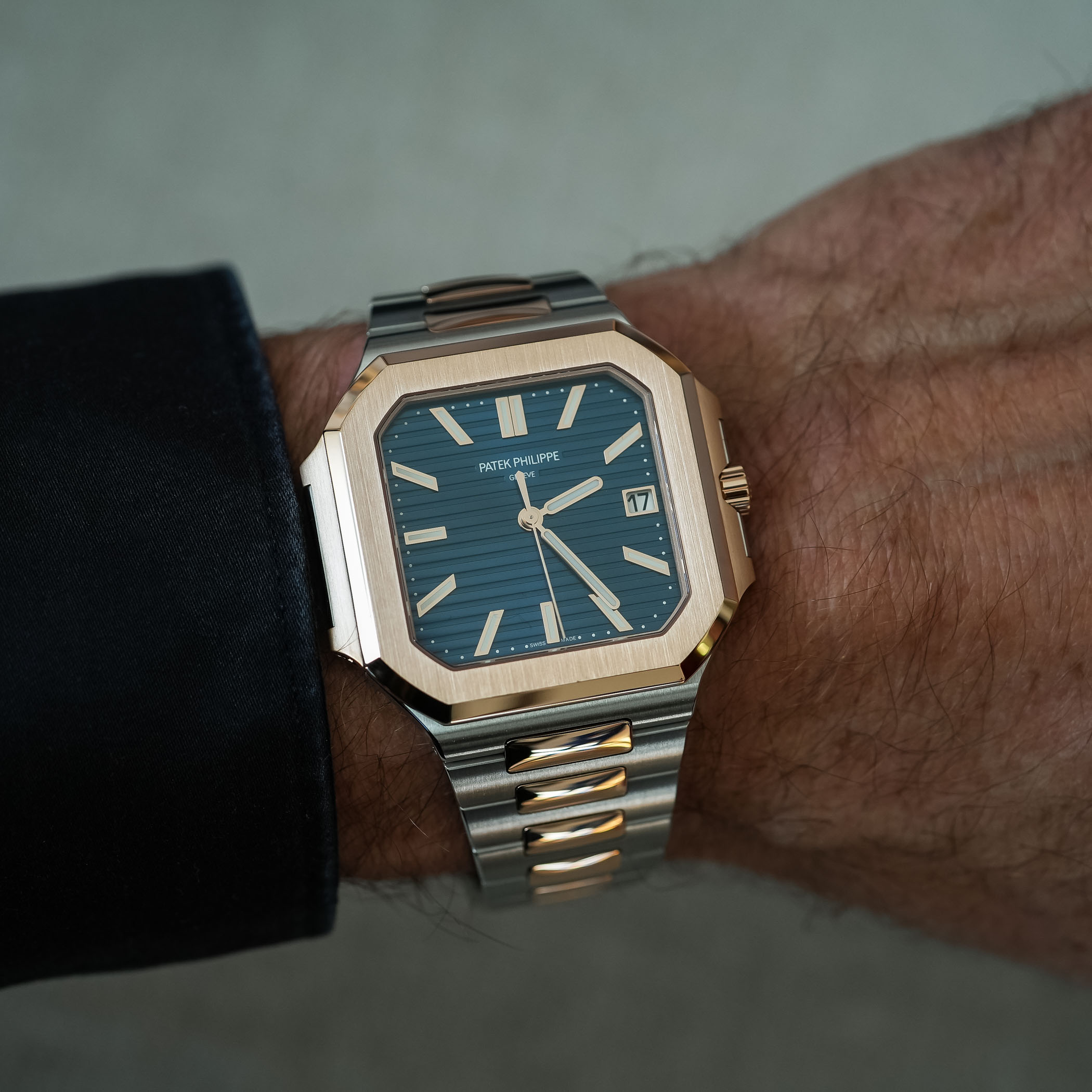
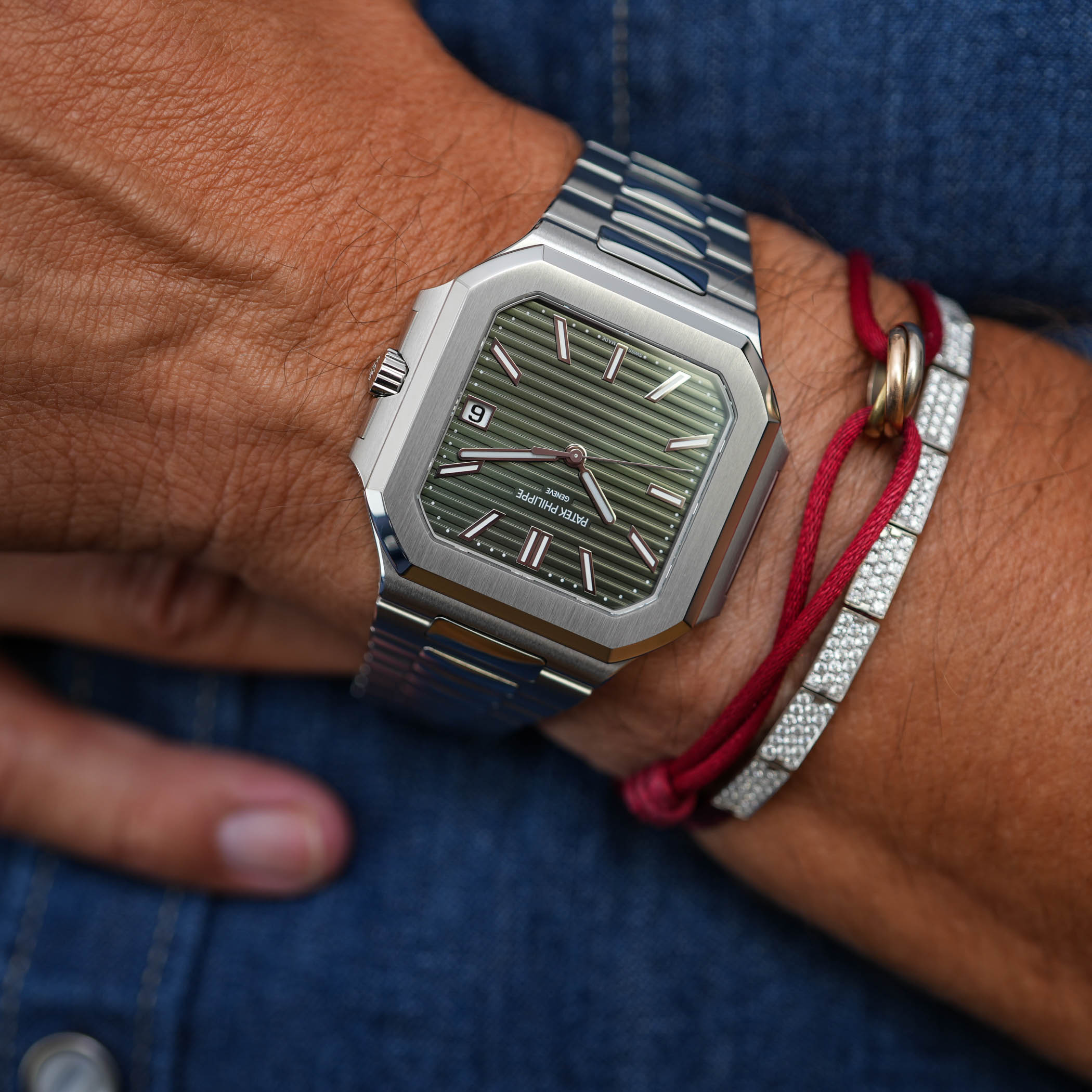
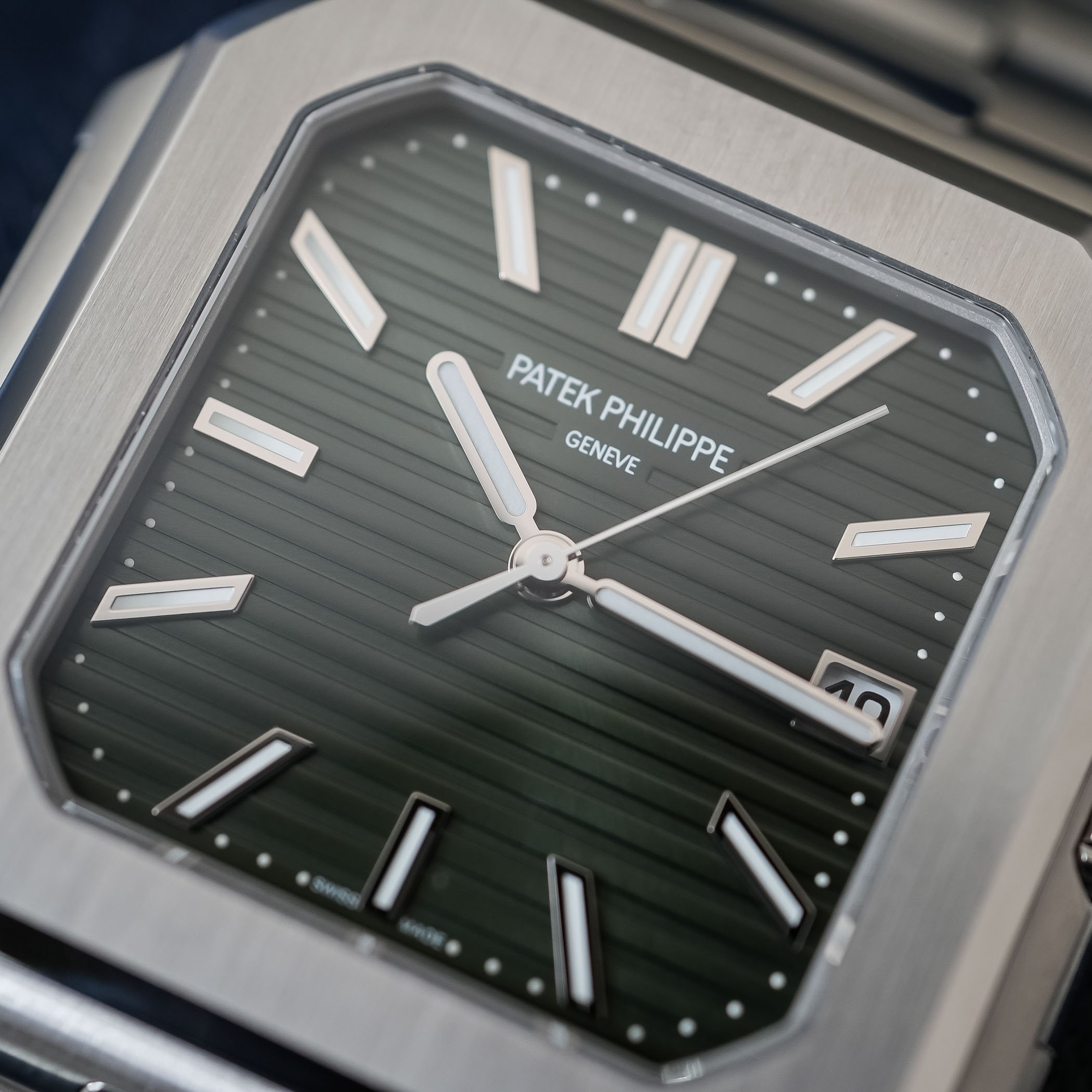
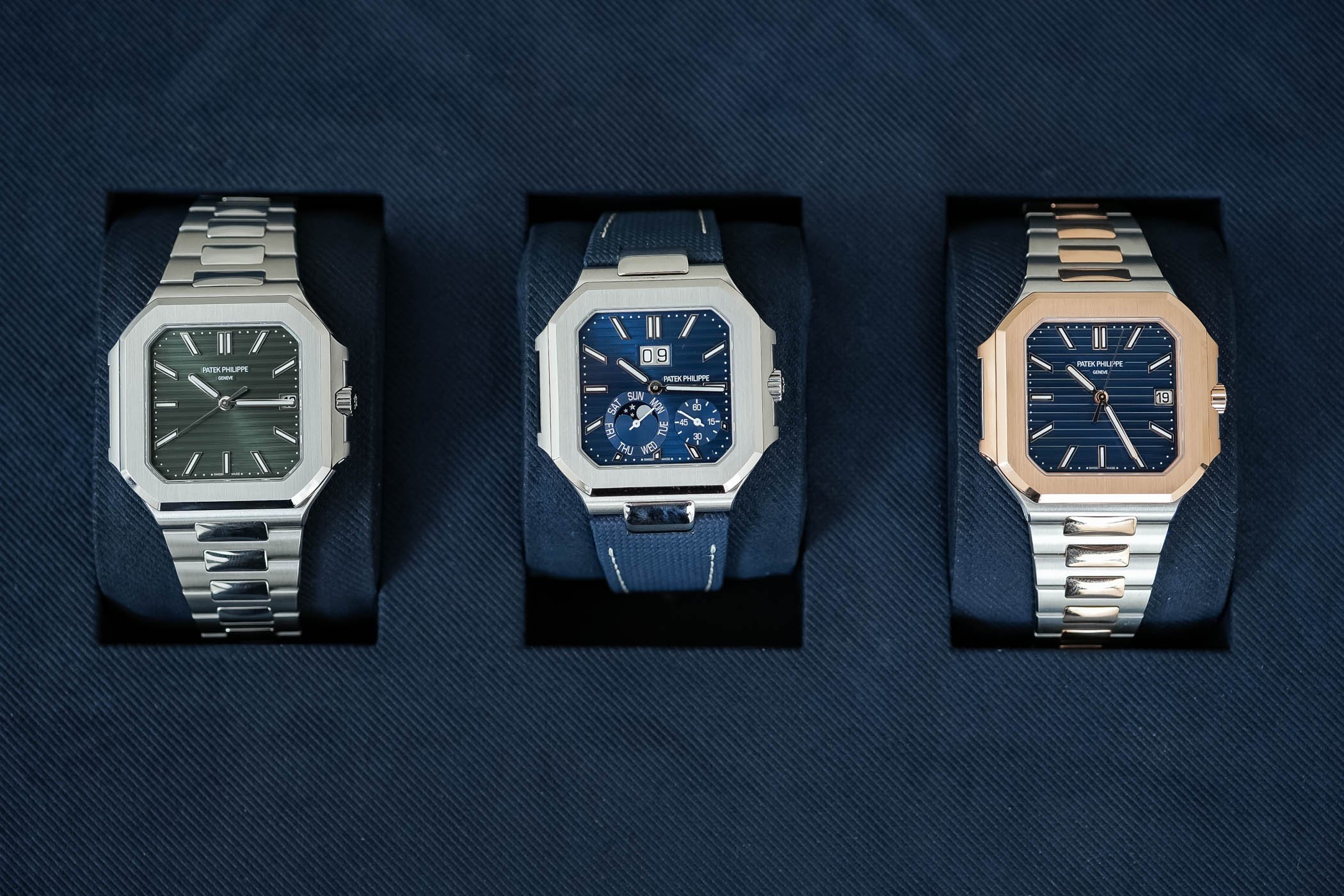
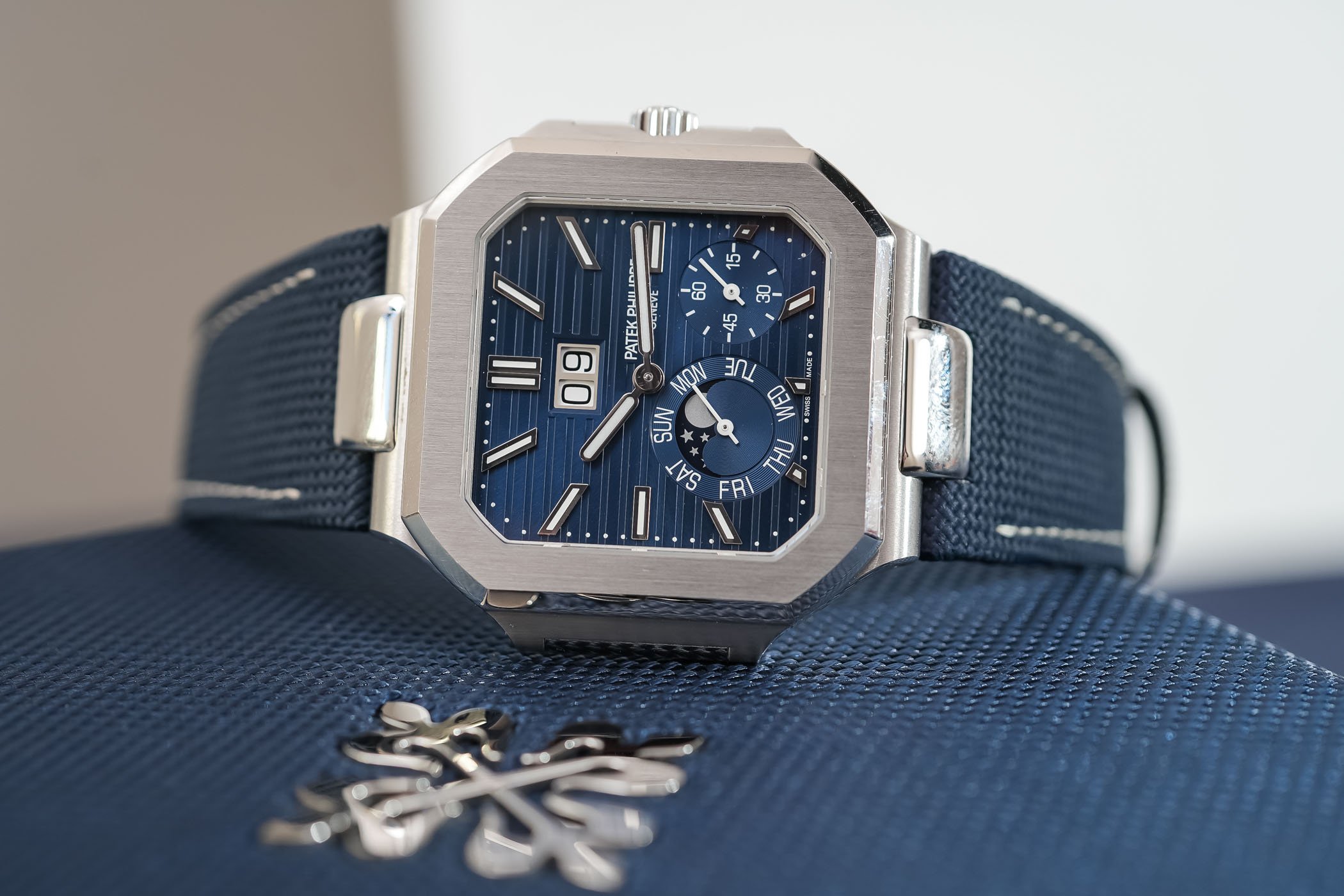
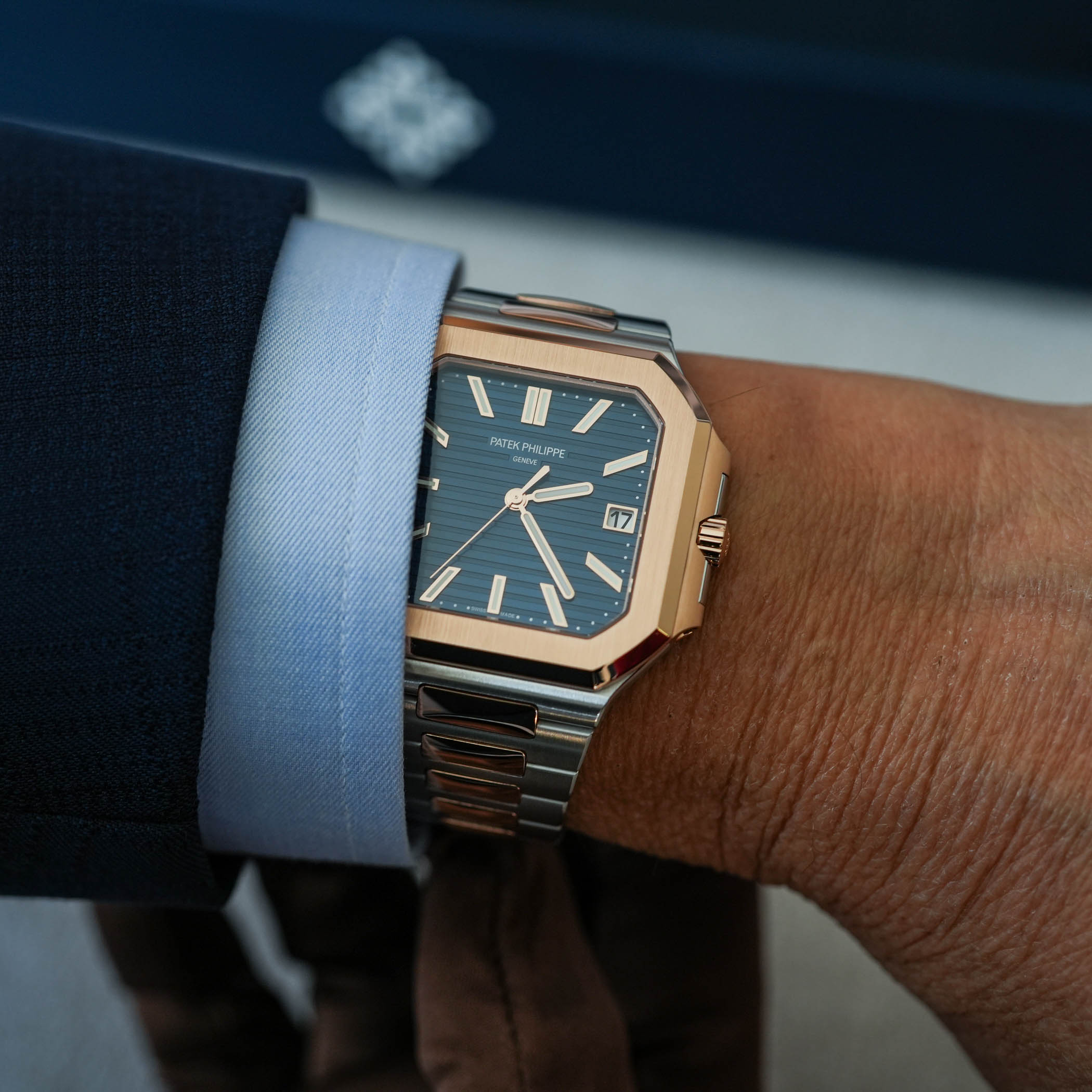
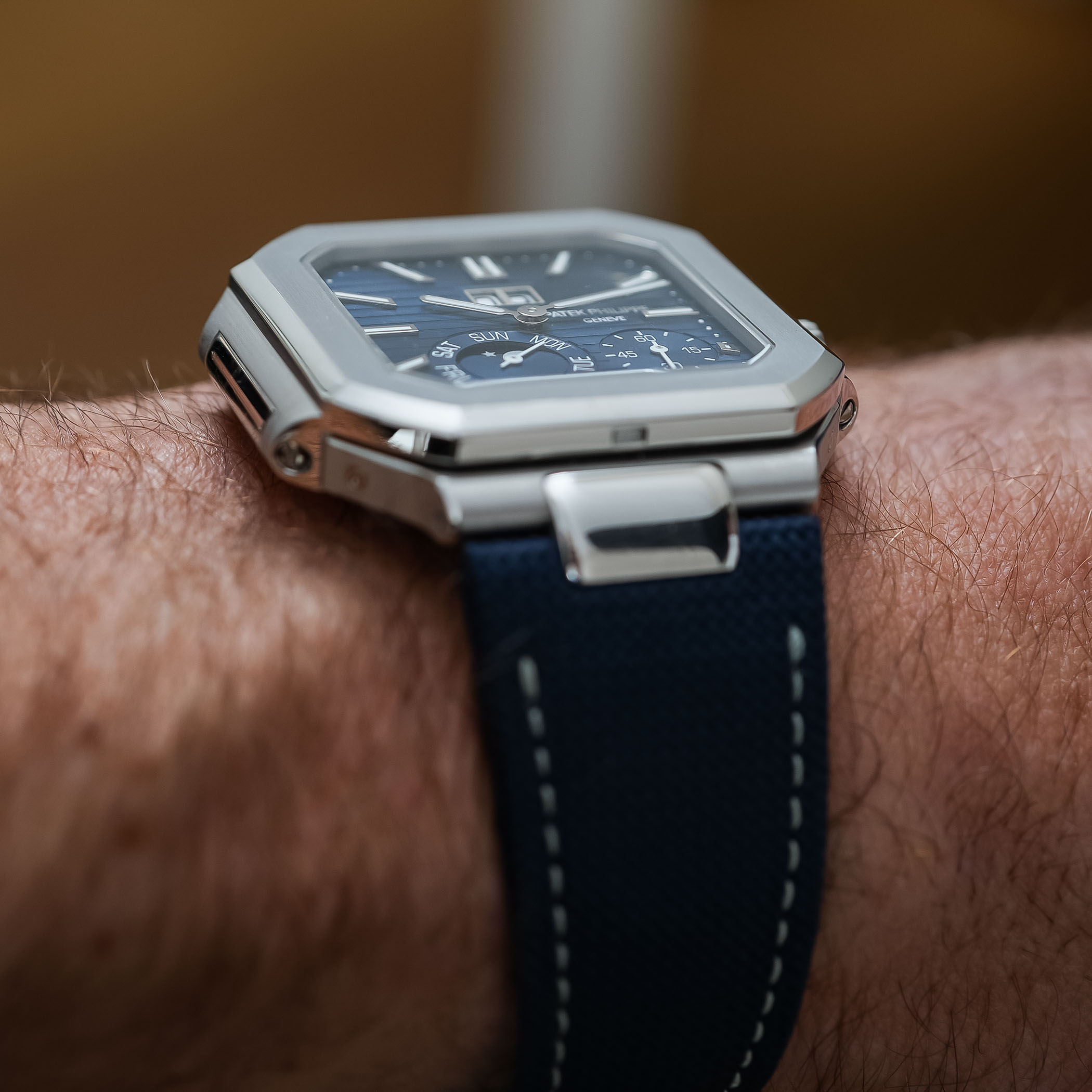
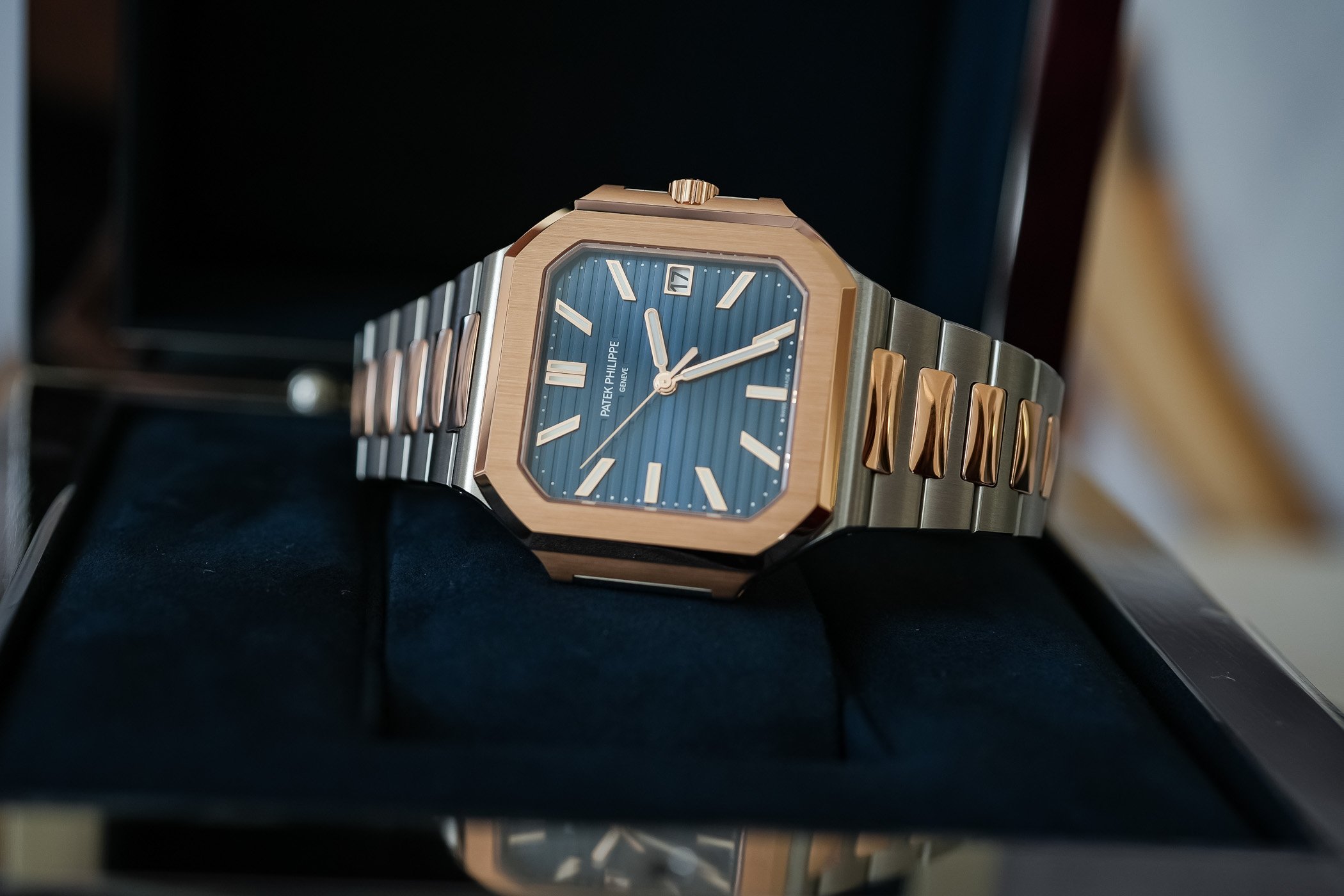
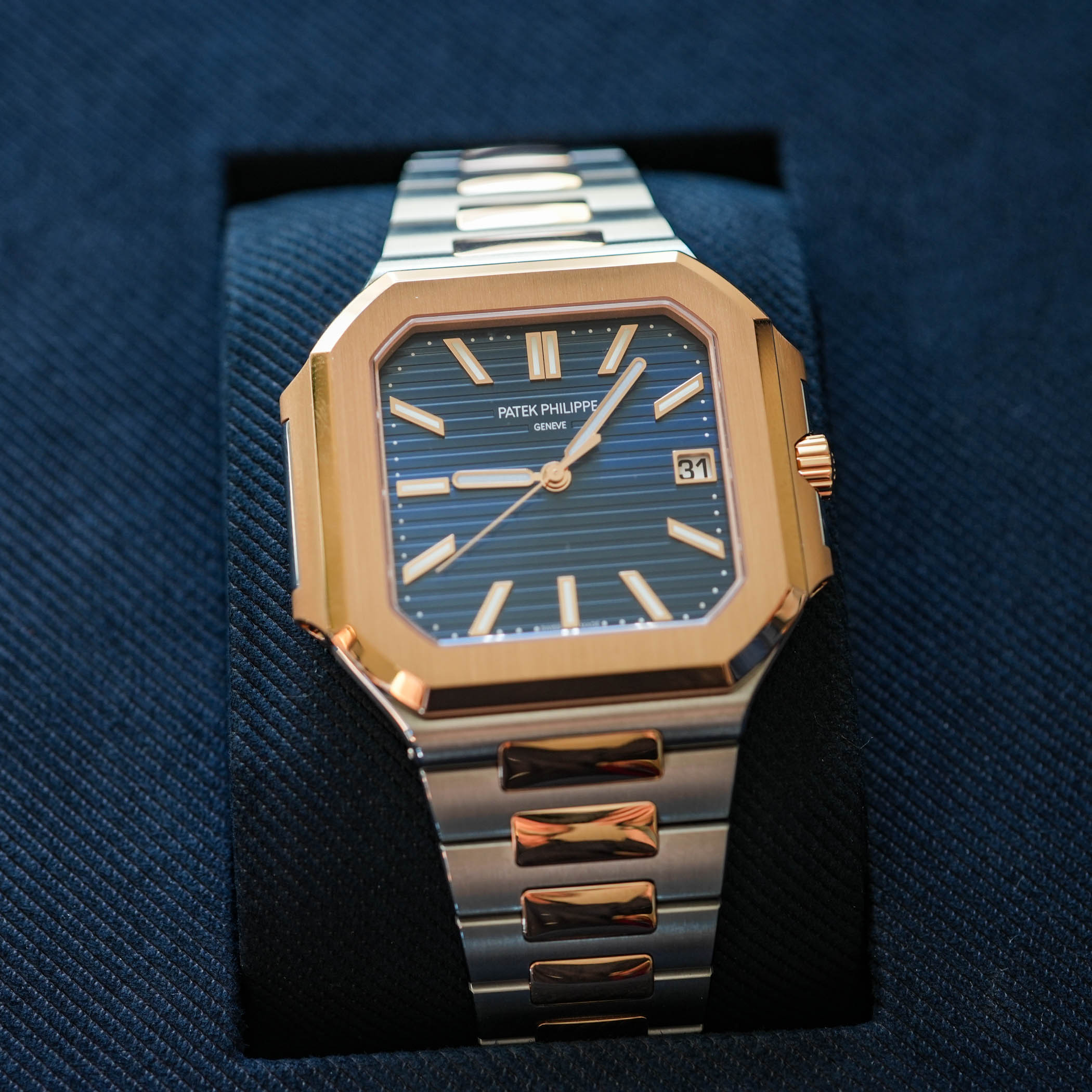
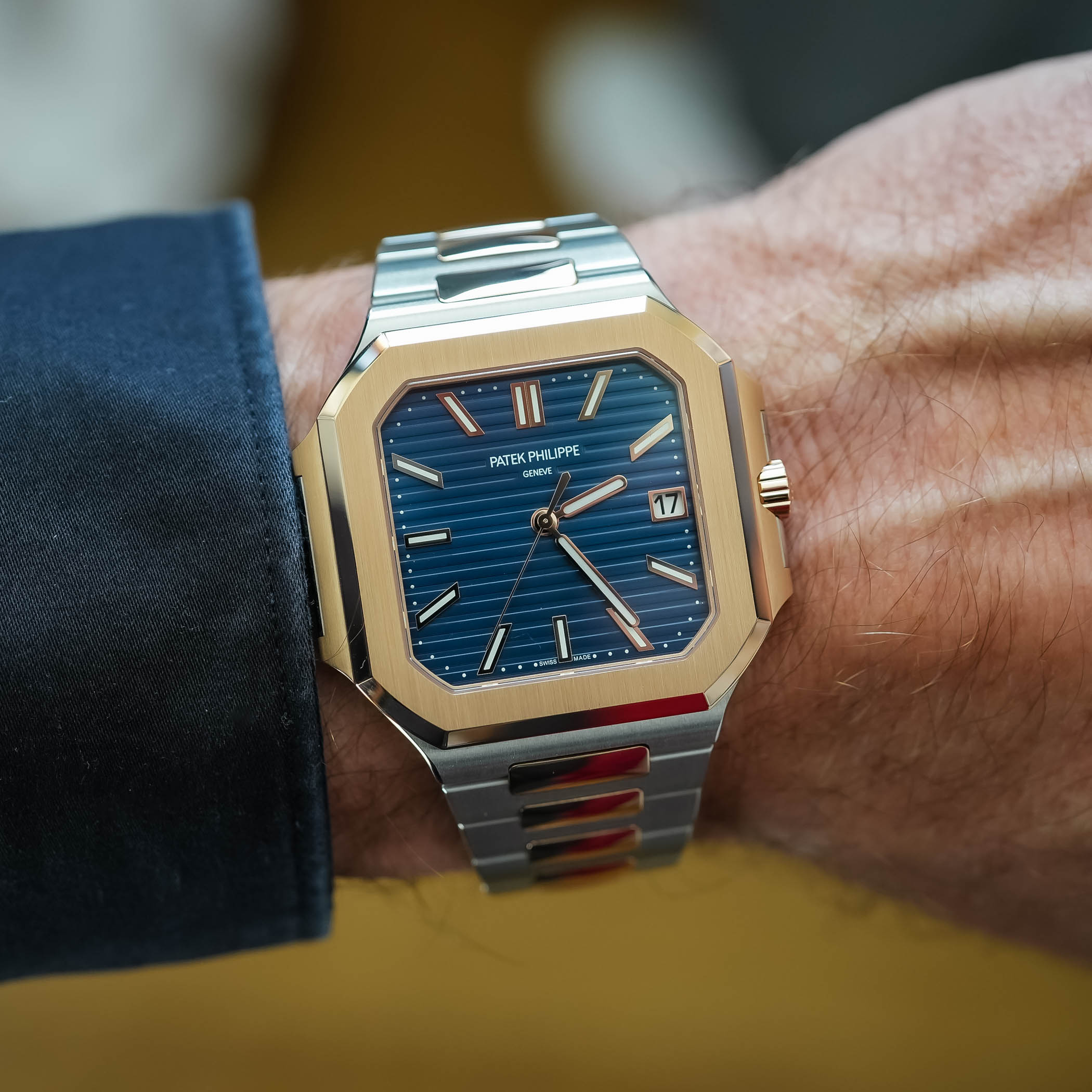
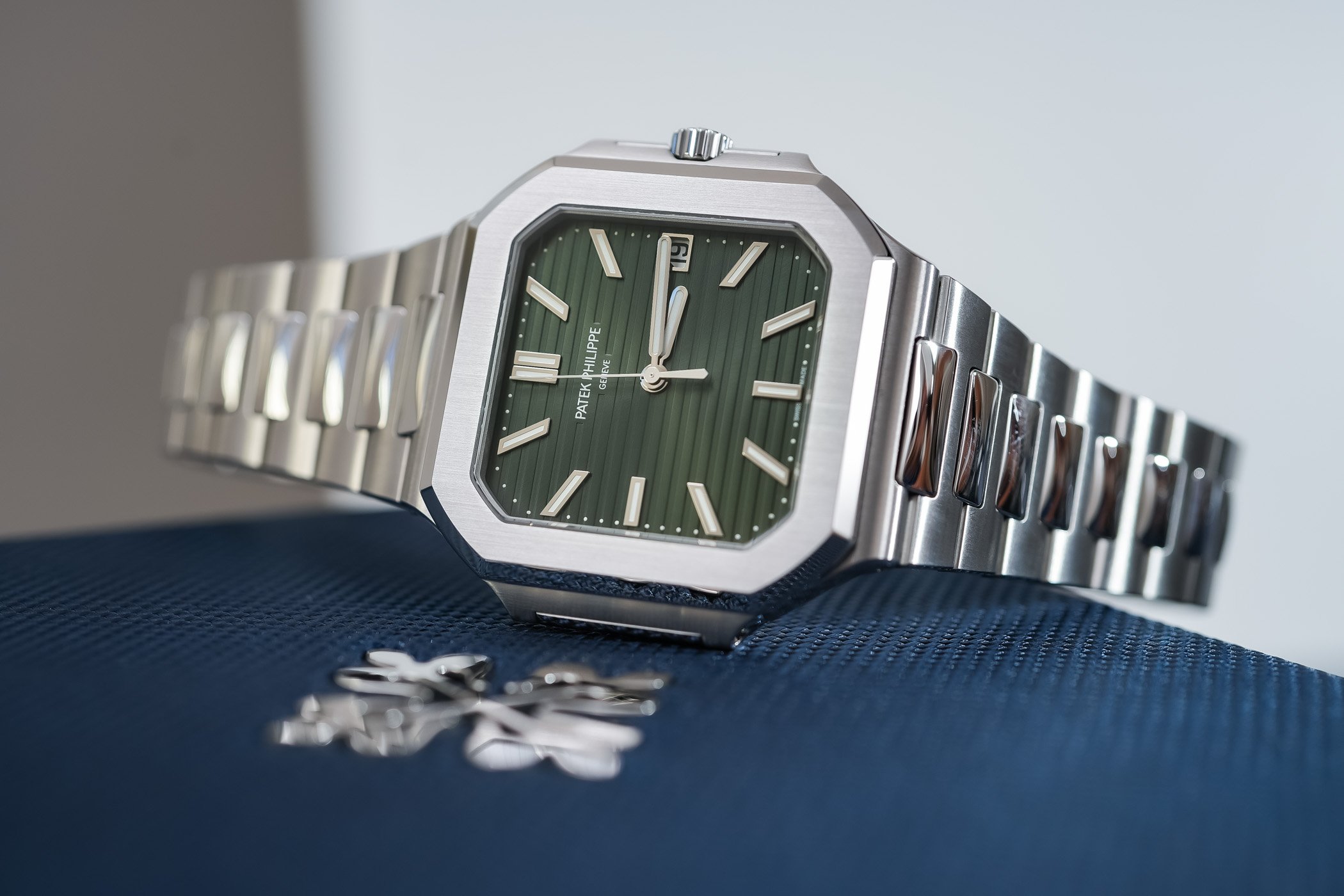
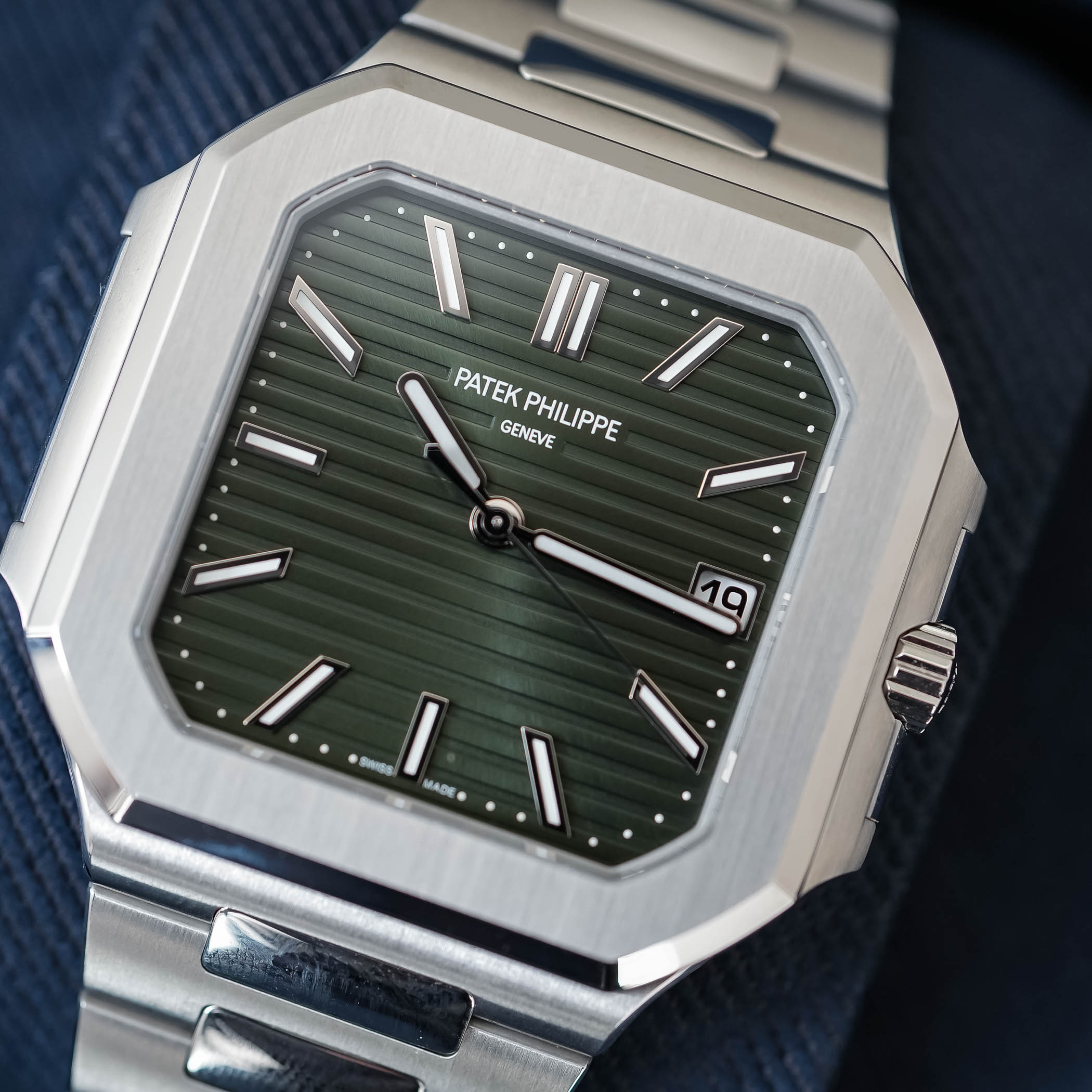
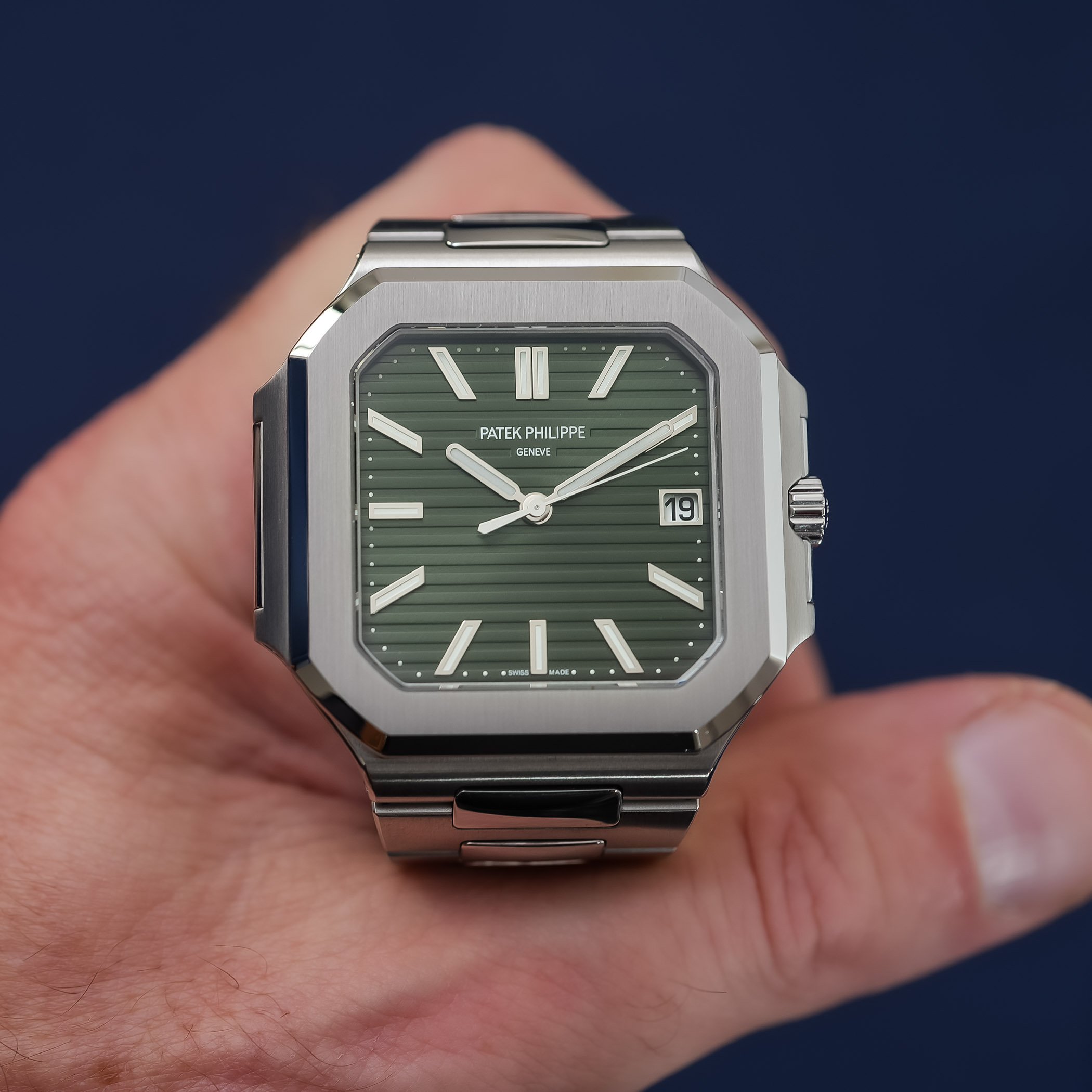
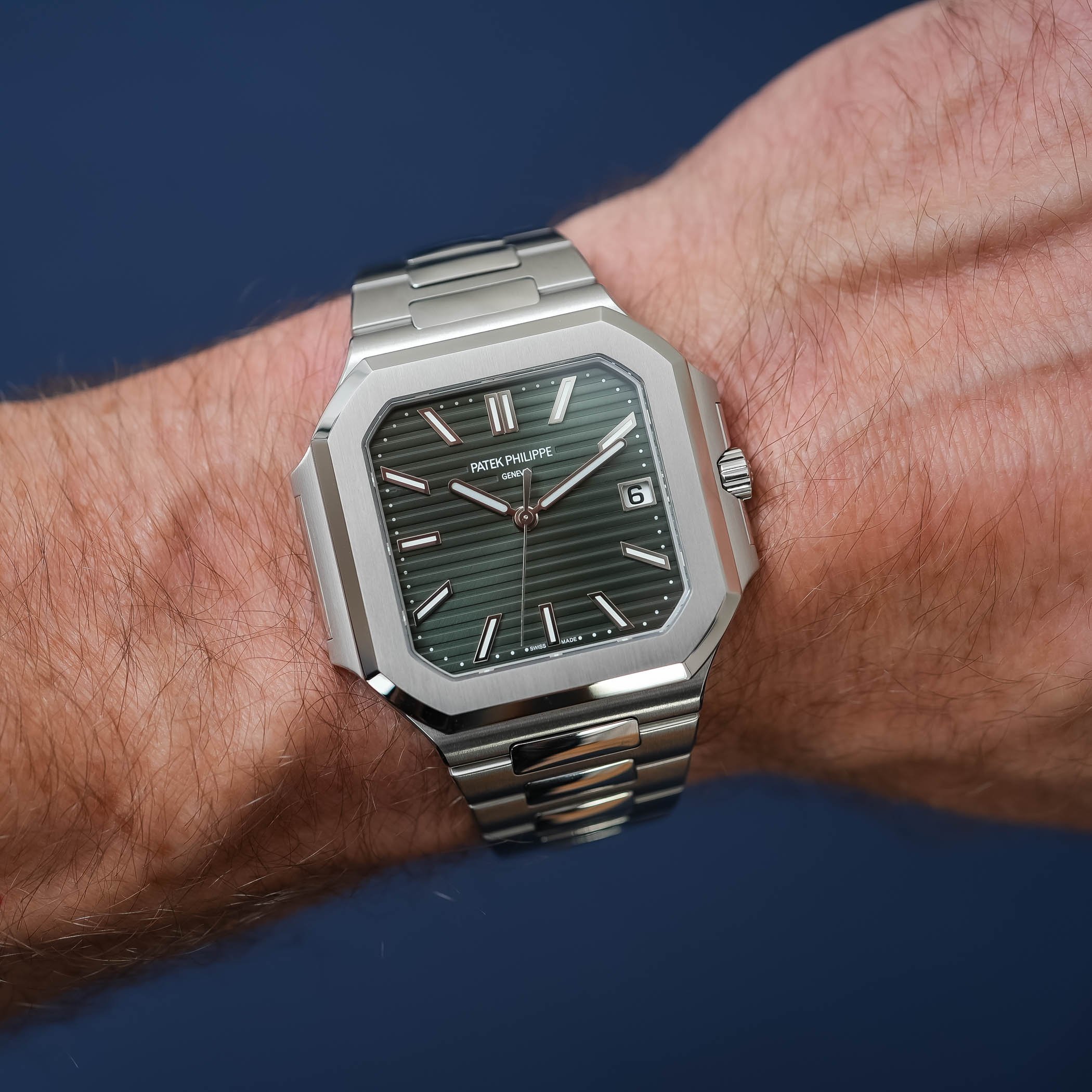
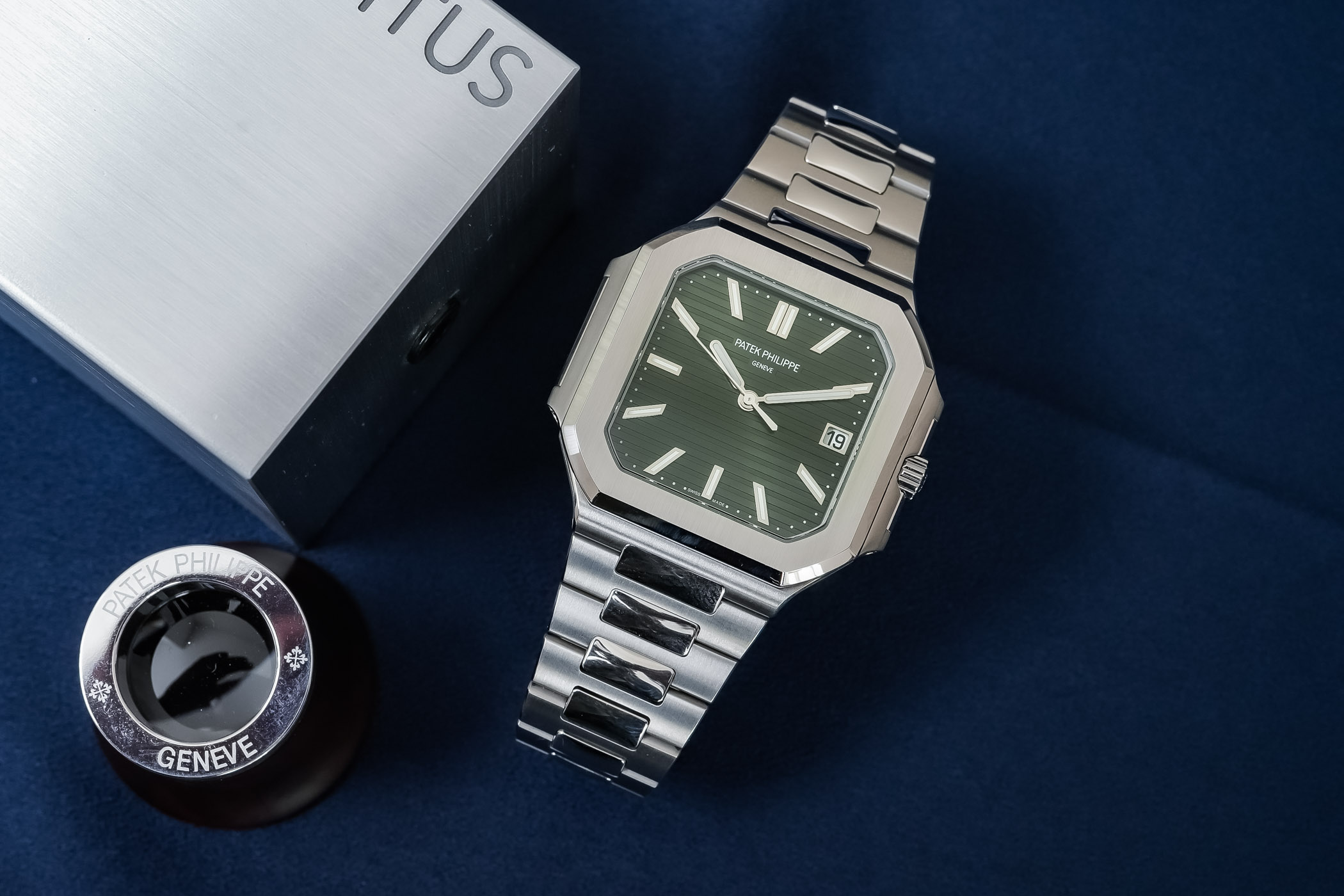
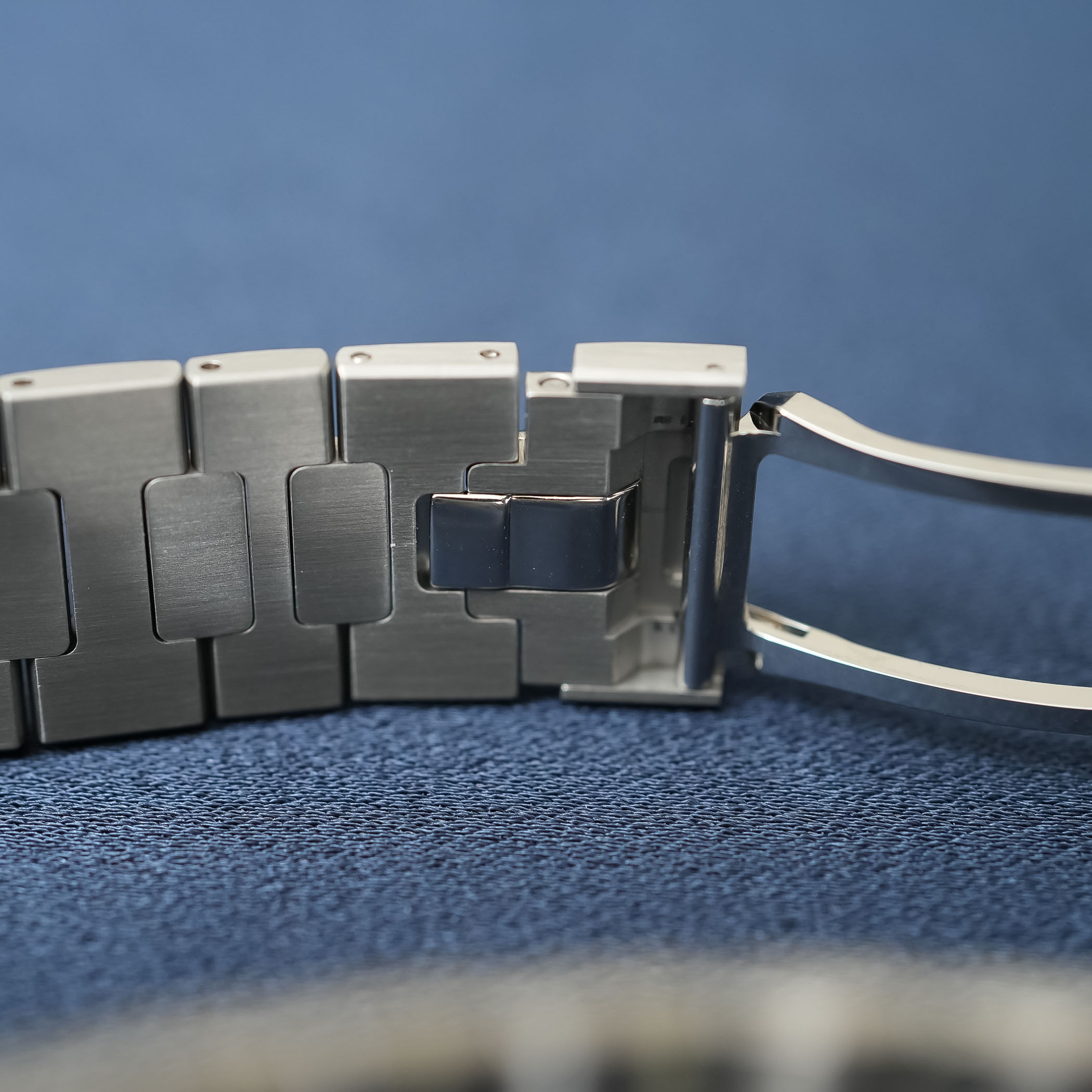
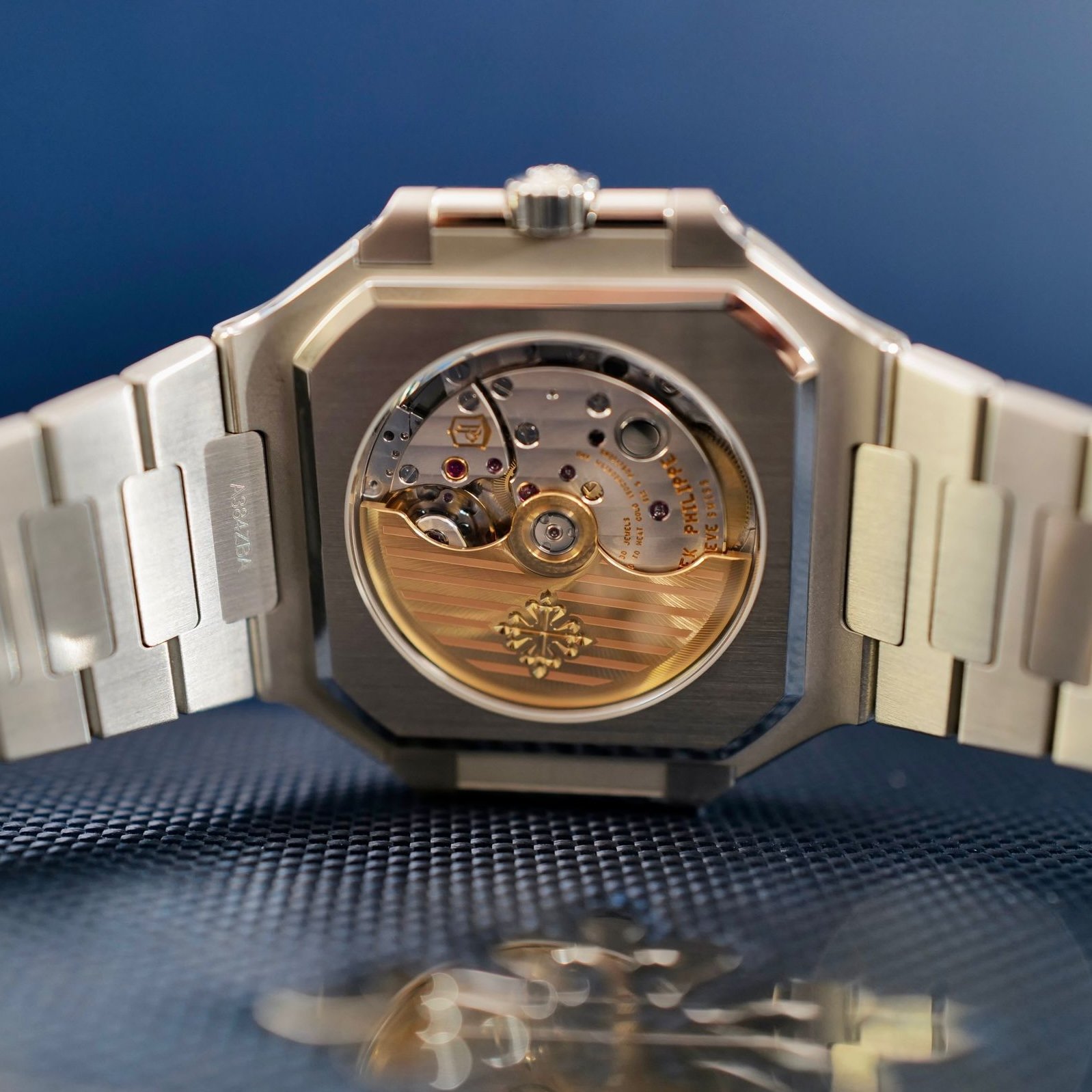
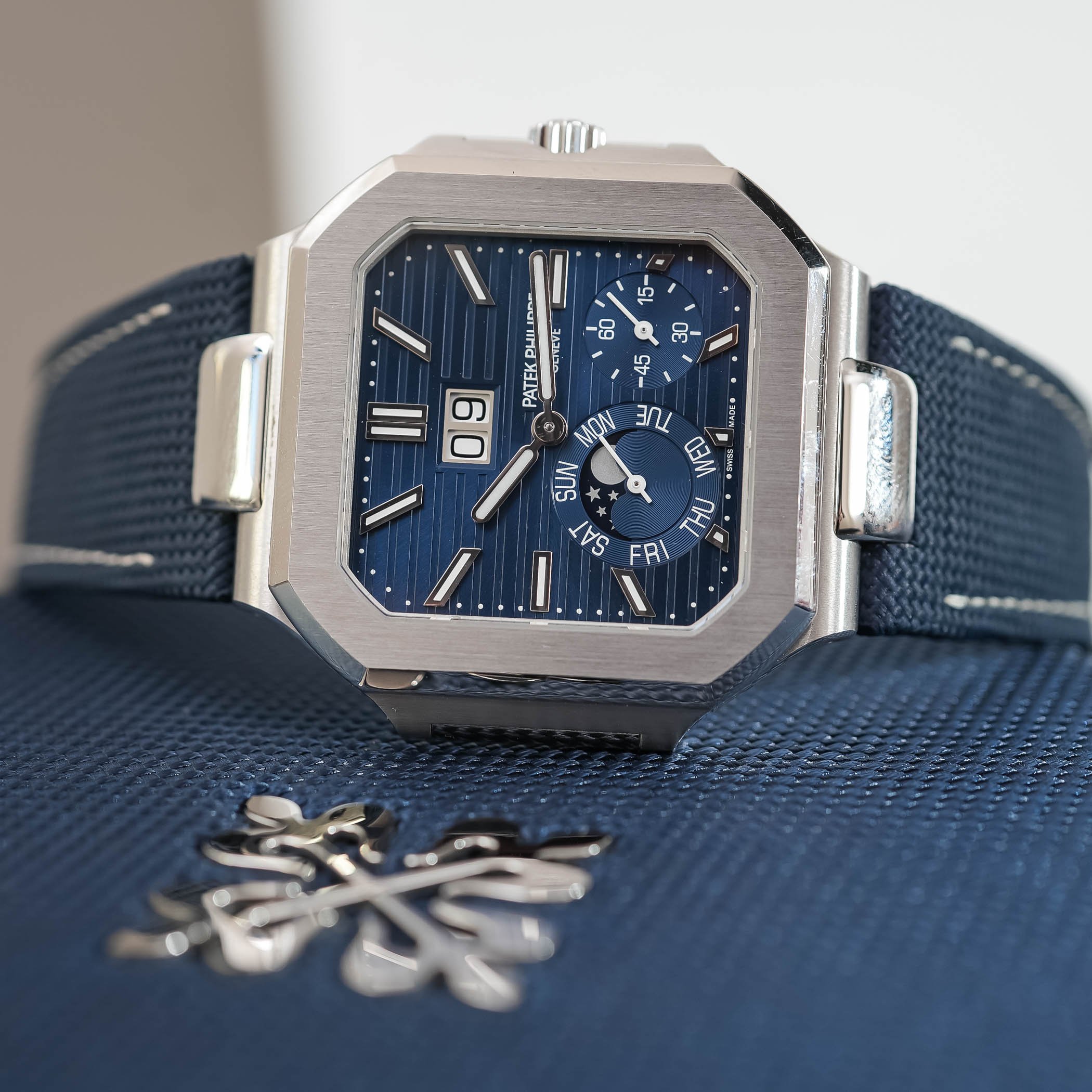
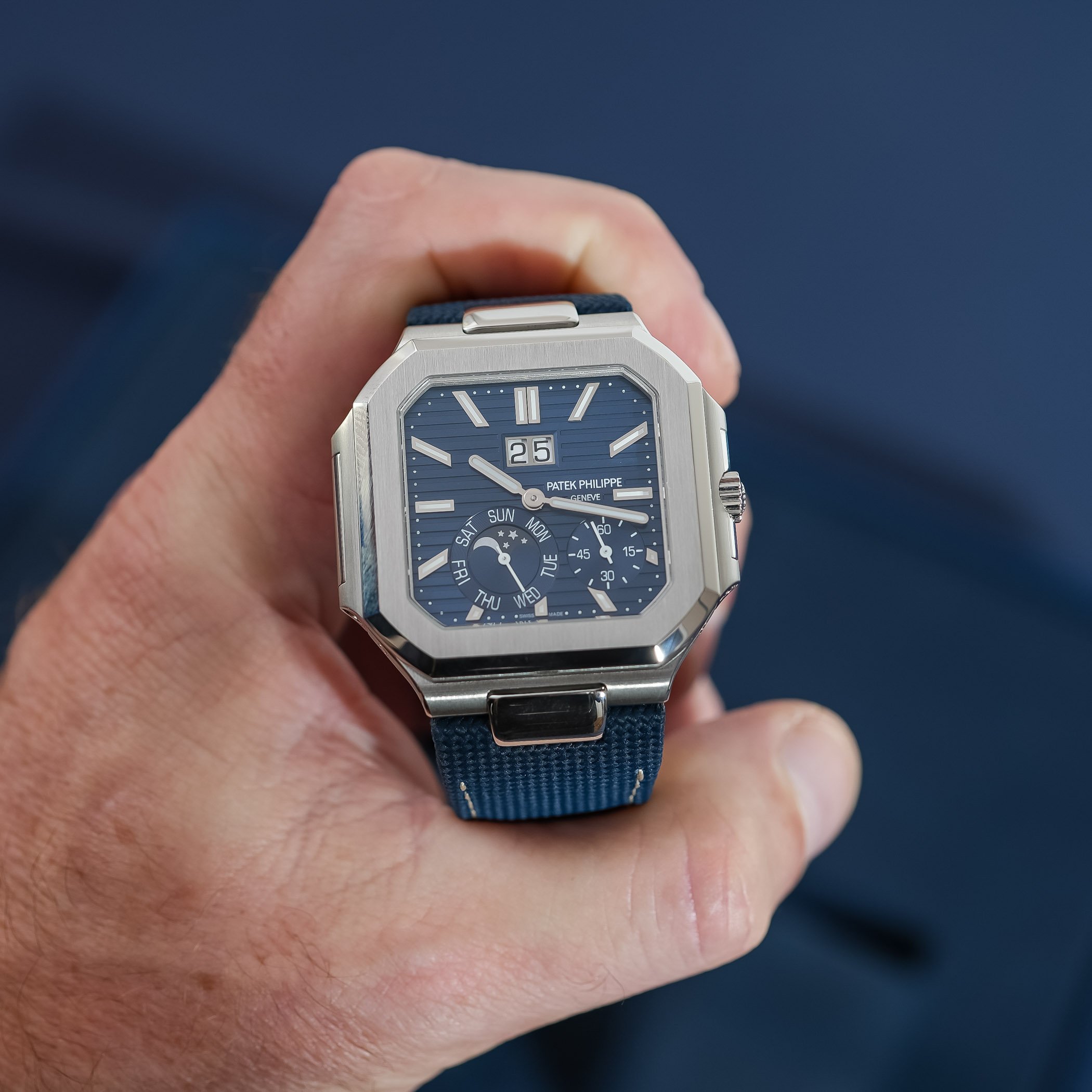
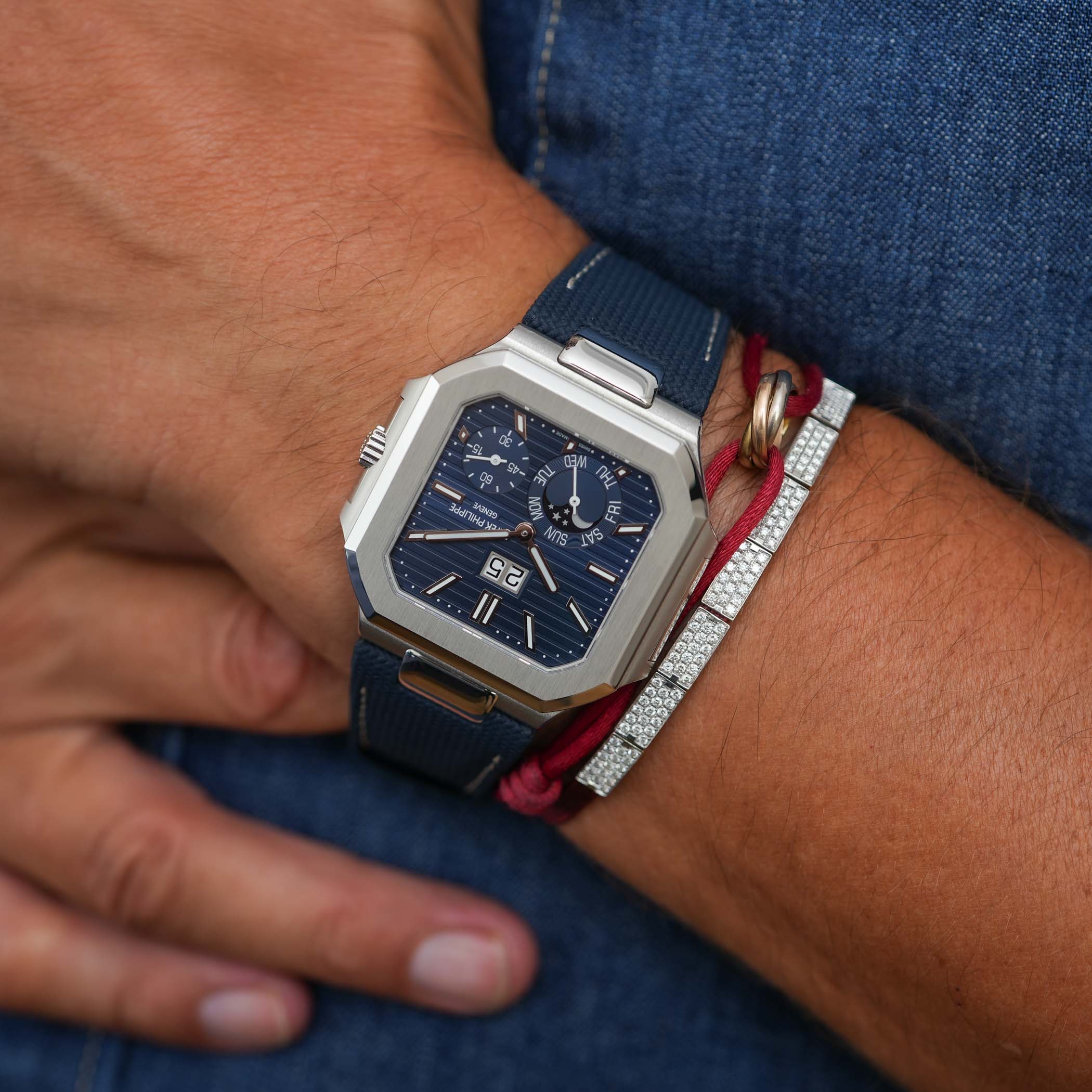
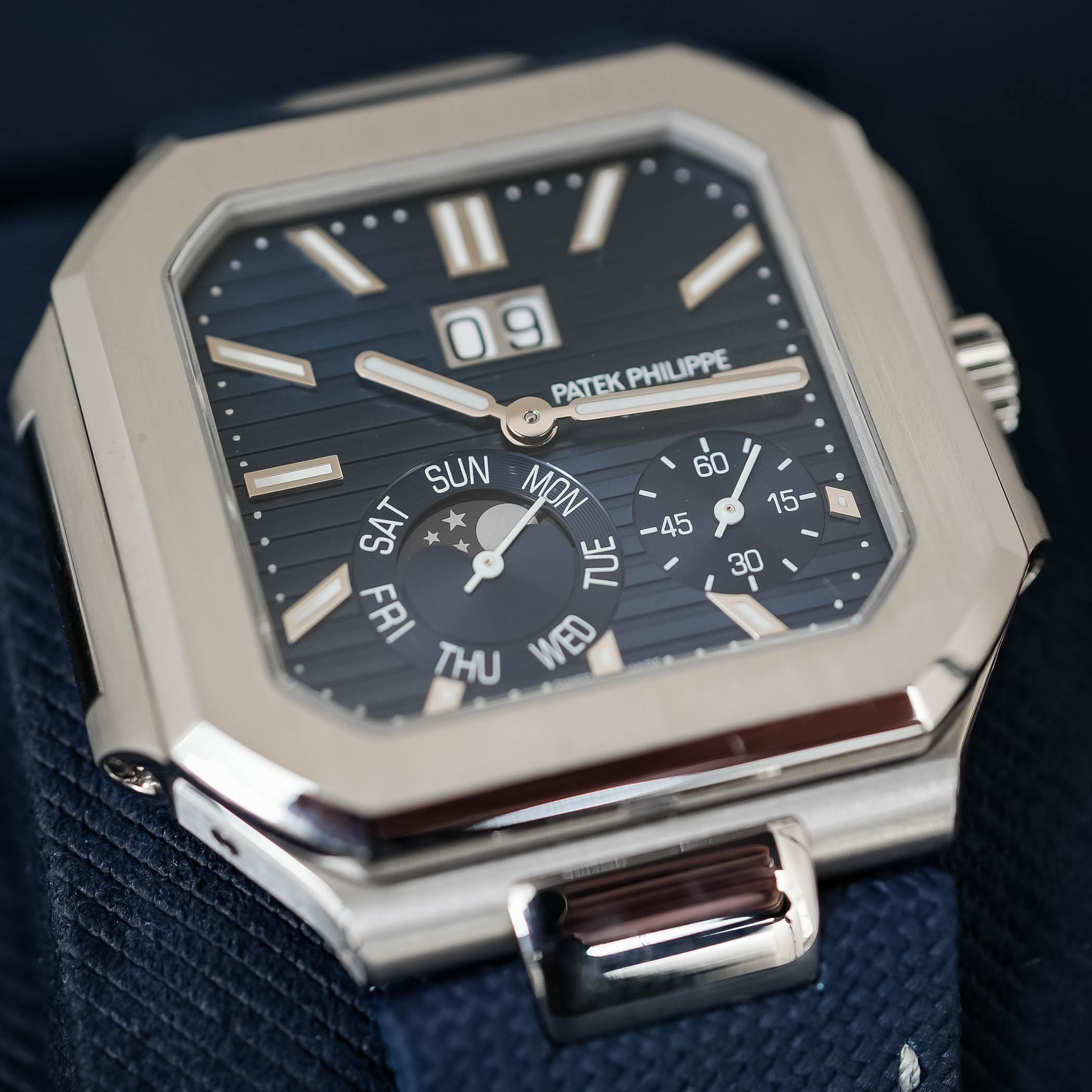

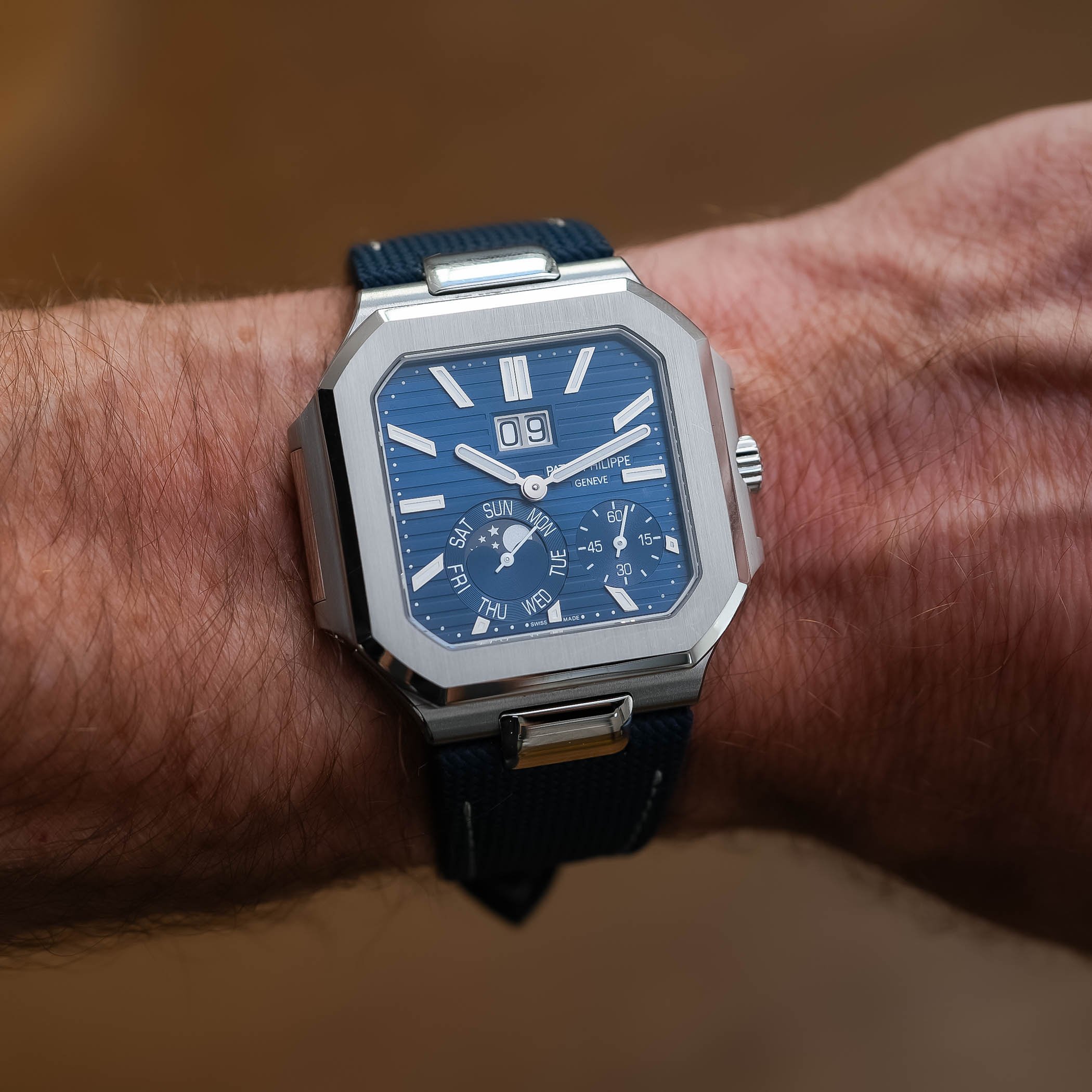
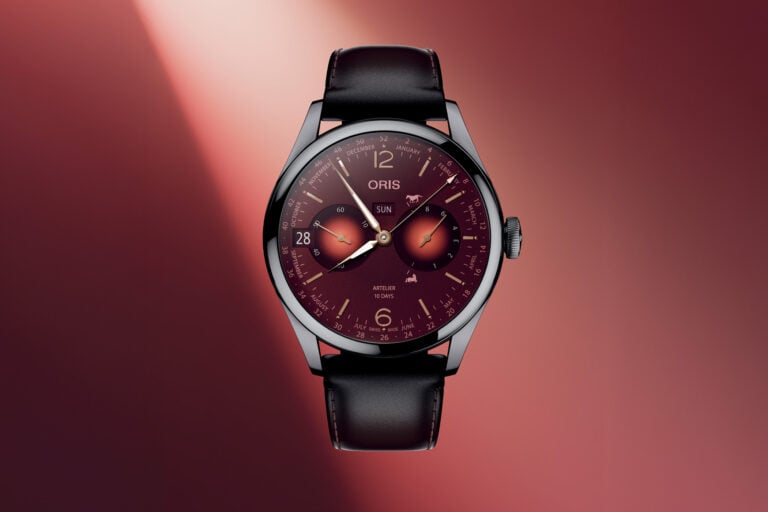

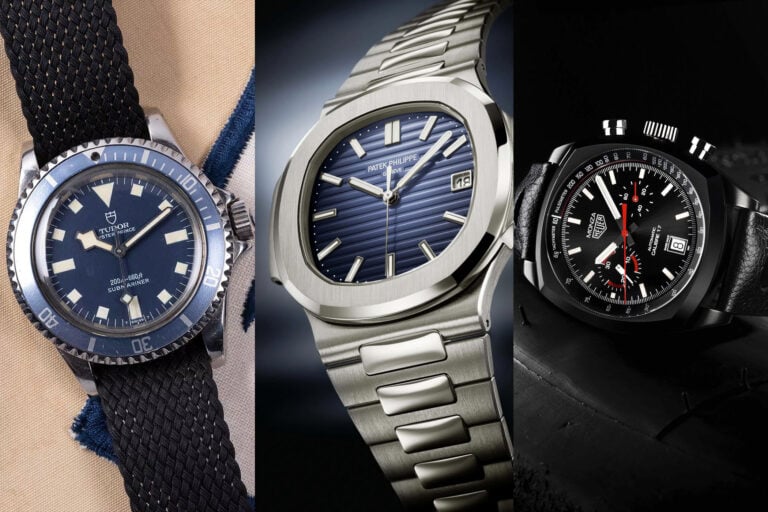
43 responses
Had to check the date. It is not April. Not sure how to react to this watch.
Yep.
That’s what a Nautilus looks like if you draw it with a ruler.
Flat surfaces are far easier to finish, me finks.
Cubitus in Latin means ‘elbow’ and not ‘cube’ as the name might suggest. Is even Patek aware of that?
Where did they clutch that starting price from for the SS version? Looks terrible, price is ridiculous, oh and a maximum of 45 hours….
Looks so tacky ??. Another way to spot who not to talk to from across the room though, so in that sense it’s a great filter.
Please, fire the guy who decided to stop selling the nautilus to later present “this”.
Yuk!
Please, words have meaning, These are “Sporty” watches, imho a proper sports timepiece has a 100m waterproof rating. Would love to see a comparison on Monochrome with the Cartier Santos series, which offers Sport use specs and is visually compelling too.
This cannot be serious.
I am not objective as I am biased against brands valuing marketing values before « living « values.
My impression – just my impression – this model questions the extent to which customers are conditioned by « prestigious » (for me the real prestige of Patek is up until maybe 30 years ago, the years after is marketing the fame) brands.
Is Patek a religion ? Does it deserve more respect than a micro brand? How much are we valuing « soul » in watches?
Let us look at independent watchmaker watches the intensity of emotions they raise in us?
If I am going to love, the fact that a brand is an institution or not is not going to be a criteria for my love. There will actually be no other criteria for my love, besides how a certain watch makes me feel.
Oh, my, what a disaster! Sad to think that there will be plenty of people who buy this watch either for the bragging rights or to try and improve their standing with their dealer.
Nope.
What a disappointment! 25 years and this is the best they could come up with!? Lazy doesn’t even begin to describe the design approach…
45mm is a Patek tank wears on The Rock’s wrist.
Robust but not elegance.
Fahim Hussain, nothing is as tacky and judging a person by their watch.
The horror, the horror. Patek’s ‘Code’ moment.
Someone please tell me this is not real! PP should have borrowed a page from Cartier’s book and called this the Nautilus Crash. Or the Patek Wreck? The (office) Cubicle collection perhaps? AquaNOT collection coming next.
The new Nautilus look great and a varied selection ! The best part prices beyond me I do not have to chose just admire and Dream.
Square shaped Nautilus!
Patek goes Mido Multifort TV.
You’d think they would have had at least one focus group to get people’s feedback on the design. ?
That’s just awful. absolutely awful. One of the commenters here insulted the Mido Multifort TV to the core by comparing that lovely and playful watch to this monstrosity. I’d rather pay 80.000 bucks for the Mido.
I wonder who approved the budget for this project, and what they were smoking when they did.
When you hire a BELL&ROSS designer and don’t check his work….
I like how they:
– ripped off the Nautilus design while simultaneously managing to destroy all of its (not ample!) elegance,
– copy-pasted the bracelet,
– nicked the hand shape from the AP RO,
– and put it all a watch that looks like it should have never survived the 70s.
After this, wearing a grenade-green Aquanaut on a rubber strap will make one seem like some kind of genius of style, a modern Cary Grant.
So many thoughts… Subjectively, it’s ugly. The Nautilus had organics (rounded) shapes. This square one is ugly and looks like a smartwatch but not smart at all. The bracelet hasn’t been squared which isn’t harmonious.
Objectively, the watch is big. Not refined. 30m is a joke. A 40k€+ watch with a movement that’s not the same shape as the watch makes ALMOST a JLC Reverso new pricing seem okay. Almost. PP “we don’t like Nautilus getting too muvh attention and have steel watches more expensive than gold watches or complicated watches”. Also PP, they release a new one les refined and more expensive even.
They could have fin so much better. Genta may turn around.
Time And TIde journo saying “most people who don’t like it, aren’t in the market for a Patek anyway” is such a revoltingly elitist statement to make. ‘Oh shut up, Pleb!’…
…it’s hideous.
The movement is very pretty, always like a micro-rotor, and I’ve no doubt the quality will be bar-none of course.
However….it’s revolting. It looks like a Turkish knock-off of a Maen.
This is what happens when nepotism trumps merit
Bracelet is not in one harmony with the case. Case is composed of straight lines, but bracelet links are more rounded. It looked ideal with Nautilus case shape. But not with Cubitus shape. That is my personal idea.
This is not a new range only a squared off Nautilus.
Totally lacking in the PP face design originality which sets the Brand apart. 25 years and they couldn’t even spend the time making a mechanism to fit the square watch.
Will we have to wait another 25 years only to find a slightly modified Aquanaut watch in an oval shape or will they just square off the Aquanaut next?
Cubitus interruptus…
Funny how many aficionados argue that Patek doesn’t take risks or introduce anything truly new to their collection. And when they finally do… it’s like, ‘WTF, Patek Philippe, please no!
Why????
Did they also copyright the names Fuglitus and Fugliest?
this will be nicknamed “Cubicle”
Strange looking things, each to his own but if I was buying a square watch it would be a Cartier and seem almost free.
The Dubious..
Design… Cartier
Movements… Jaeger
Finishing… Lange
and then the innovation of independent watchmakers…
PP, AP and Rolex for the grey market
Won’t be long until watches have their Kodak Moment,methinks .
Young people don’t seem interested,antiques are a thing of the past (pun intended).
Once this bunch of Oldies fall off the perch.
That’s it!
This Cubitus would have made a better addition to the Nautilus line if they hadn’t discontinued it. Presenting this as a new line is a little awkward.
I don’t dislike the Cubitus aside from the size. But I don’t like it nearly as much as I did the Nautilus. I much prefer the classic stainless model of both. Never liked the iterations of the Nautilus with complications, and the similar dial of Cubitus fares no better.
I think this looks better than the Nautilus.
I understand the various comments of the Cubitus series, in particular with reference to the Nautilus. I was offered the opportunity to purchase the green dial 5821/1A recently. I tried it on and really liked the watch. It feels great on the wrist. While the design has certain similarities to the Nautilus, it is distinctive enough to stands on its own. The design definitely feels more geometric and more masculine which could be a turnoff for some people. I liked the design so I made the purchase.
I had a chance to see and try on the Cubitus in person. It is a very comfortable and striking watch. It has great wrist presence and fits very well for my 17 CM wrist. It looks great! I like the geometric clarify of the design. In comparison, the faceted bezel of the Nautilus seemed a bit fuzzy and contrived.
Having been fortunate enough to put the Platinum version no my wrist and being lucky enough to own a 5712 I can attest that despite the trolling it has recd online this watch is stunning. Yes it can be argued that PP have been lazy in design given its resemblence to the Nautilius however if this watch is taken in isolation and actually worn rather than judging from social media photos I am certain the hate mail would stop in an instant!